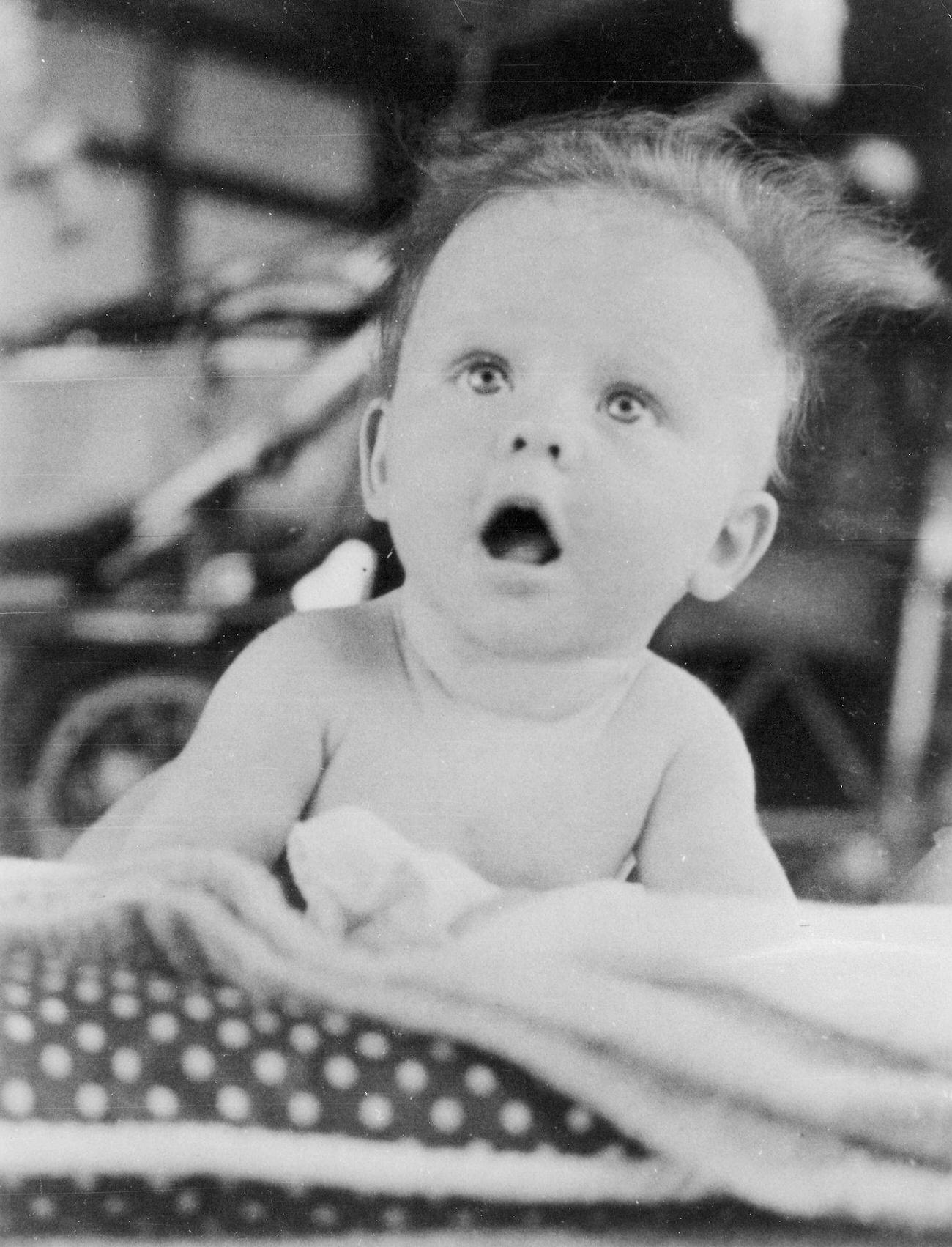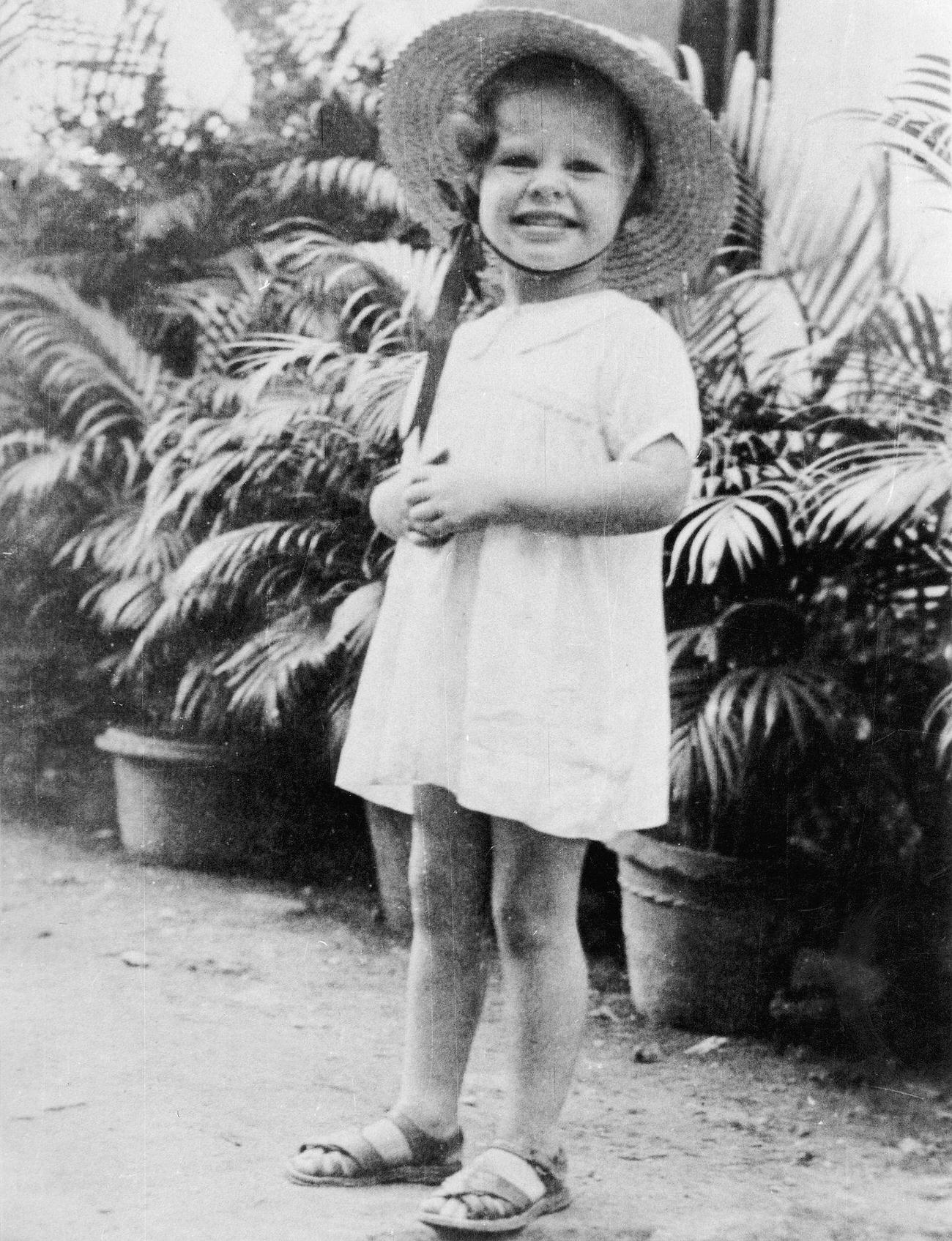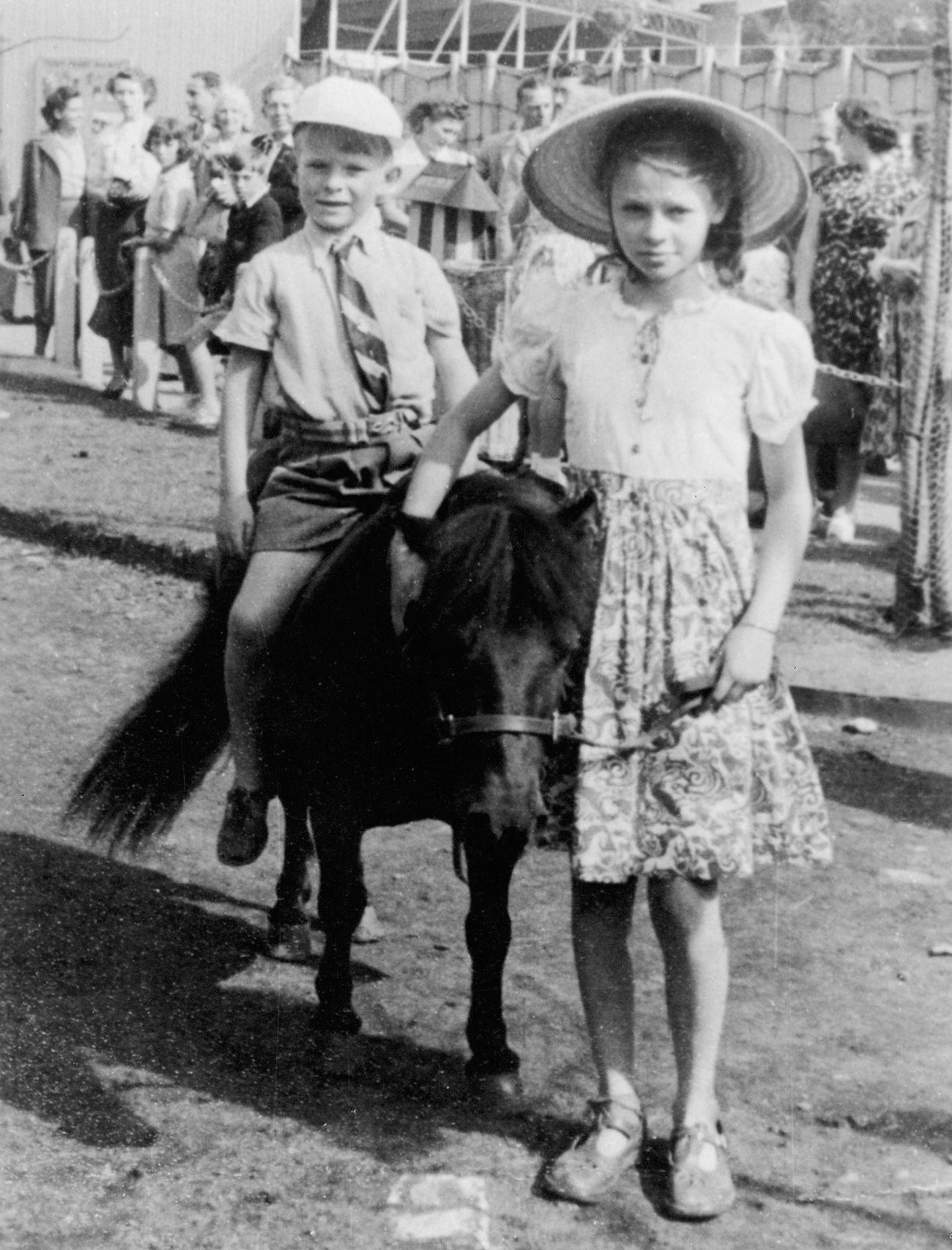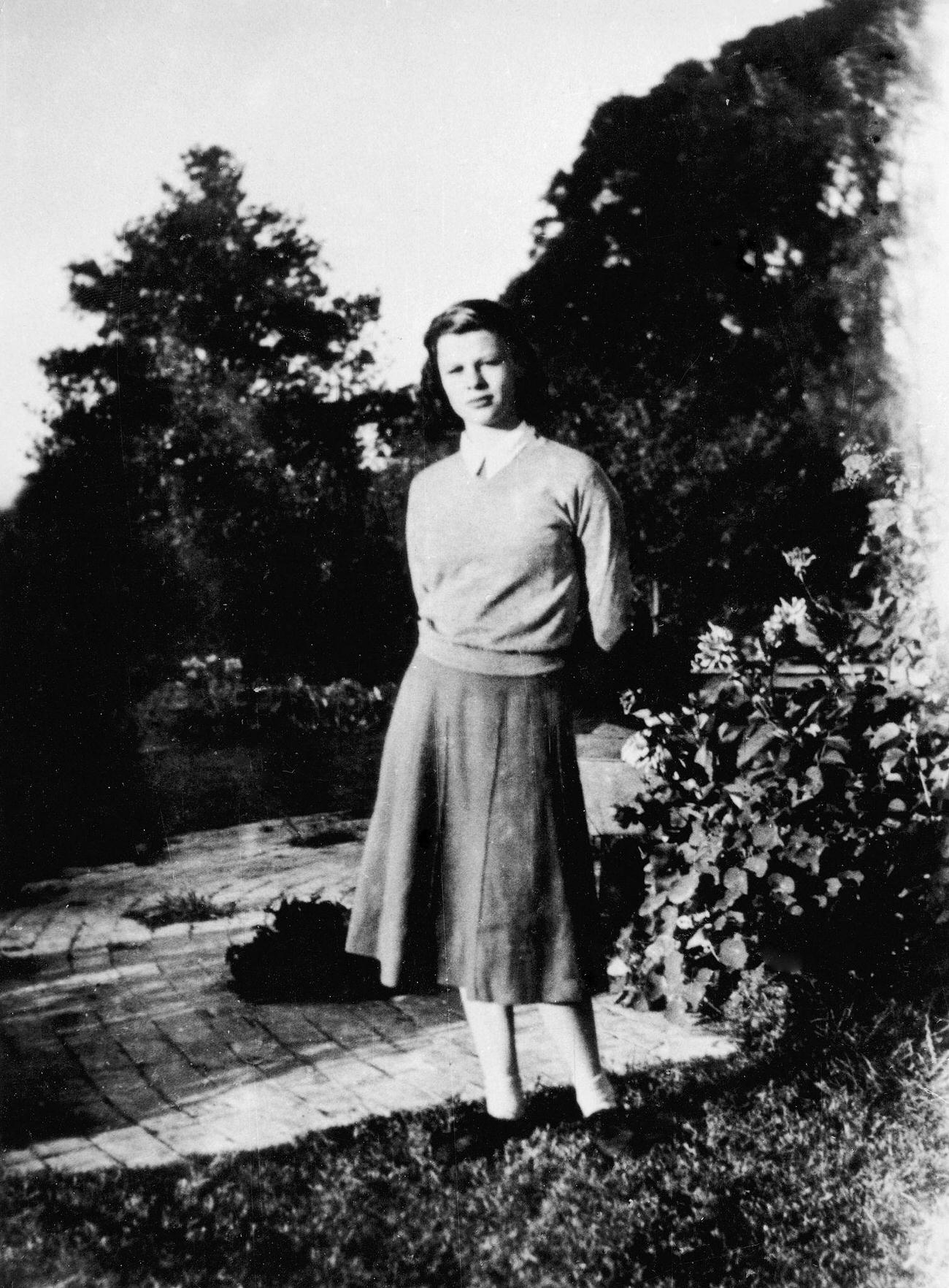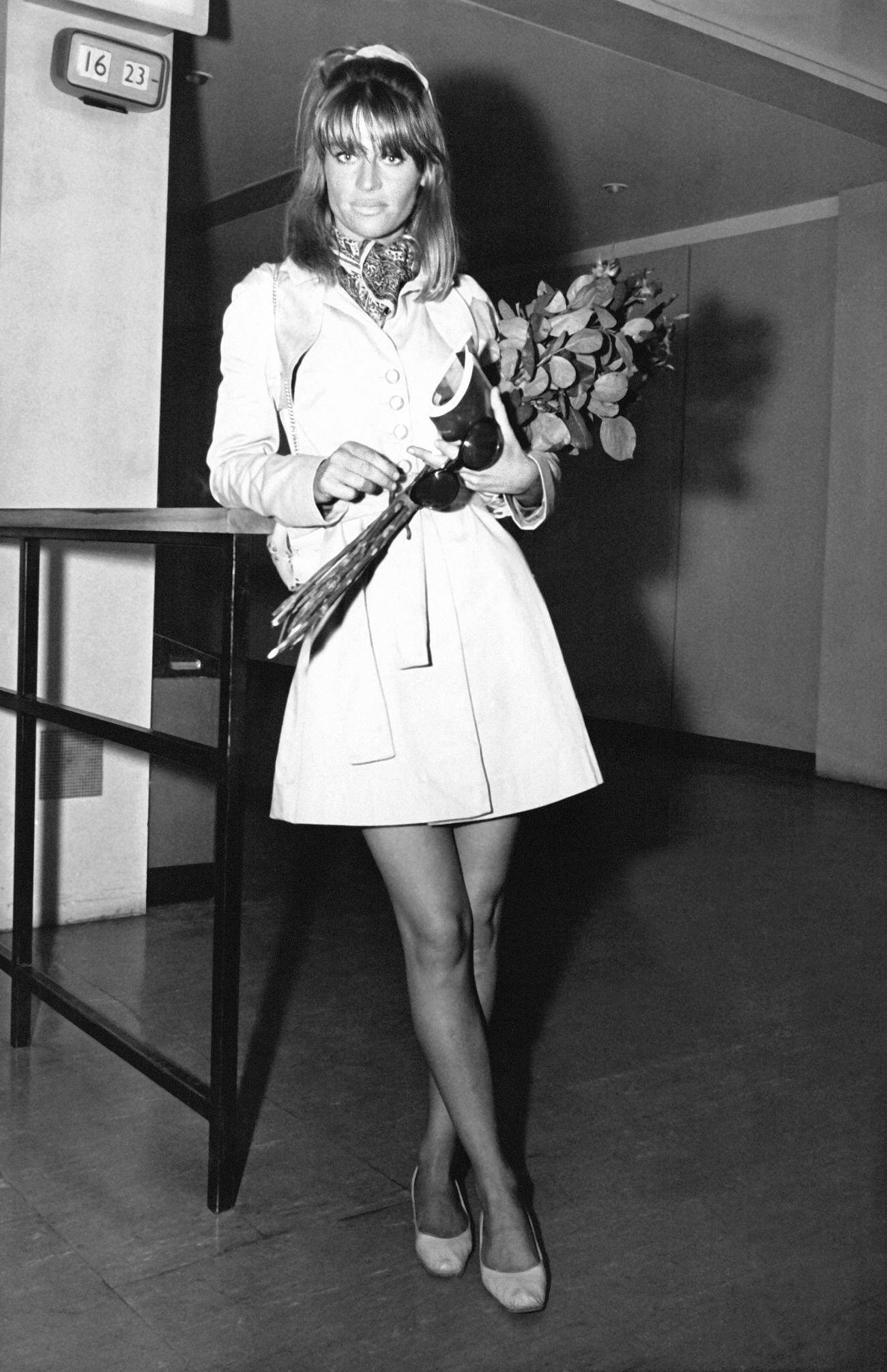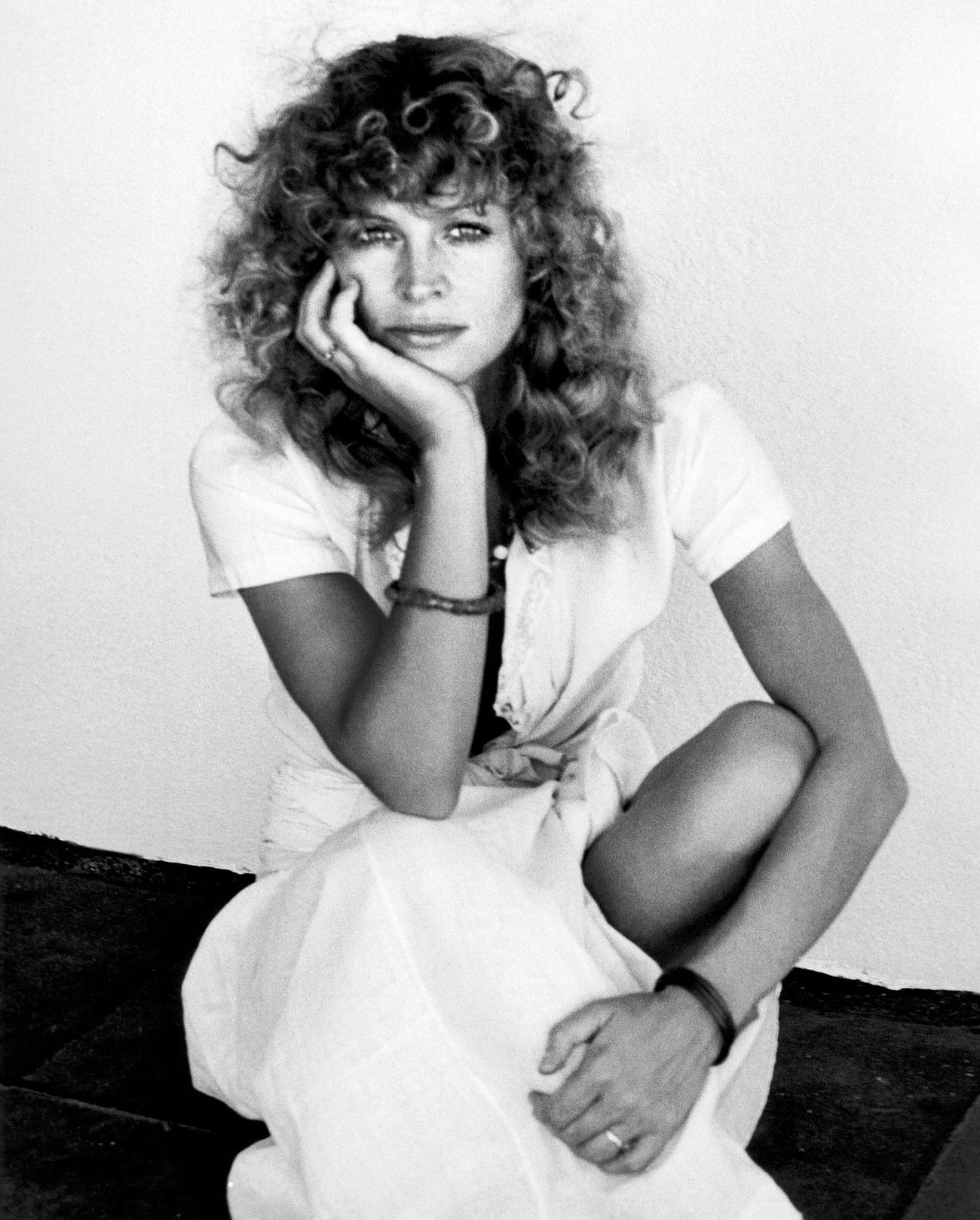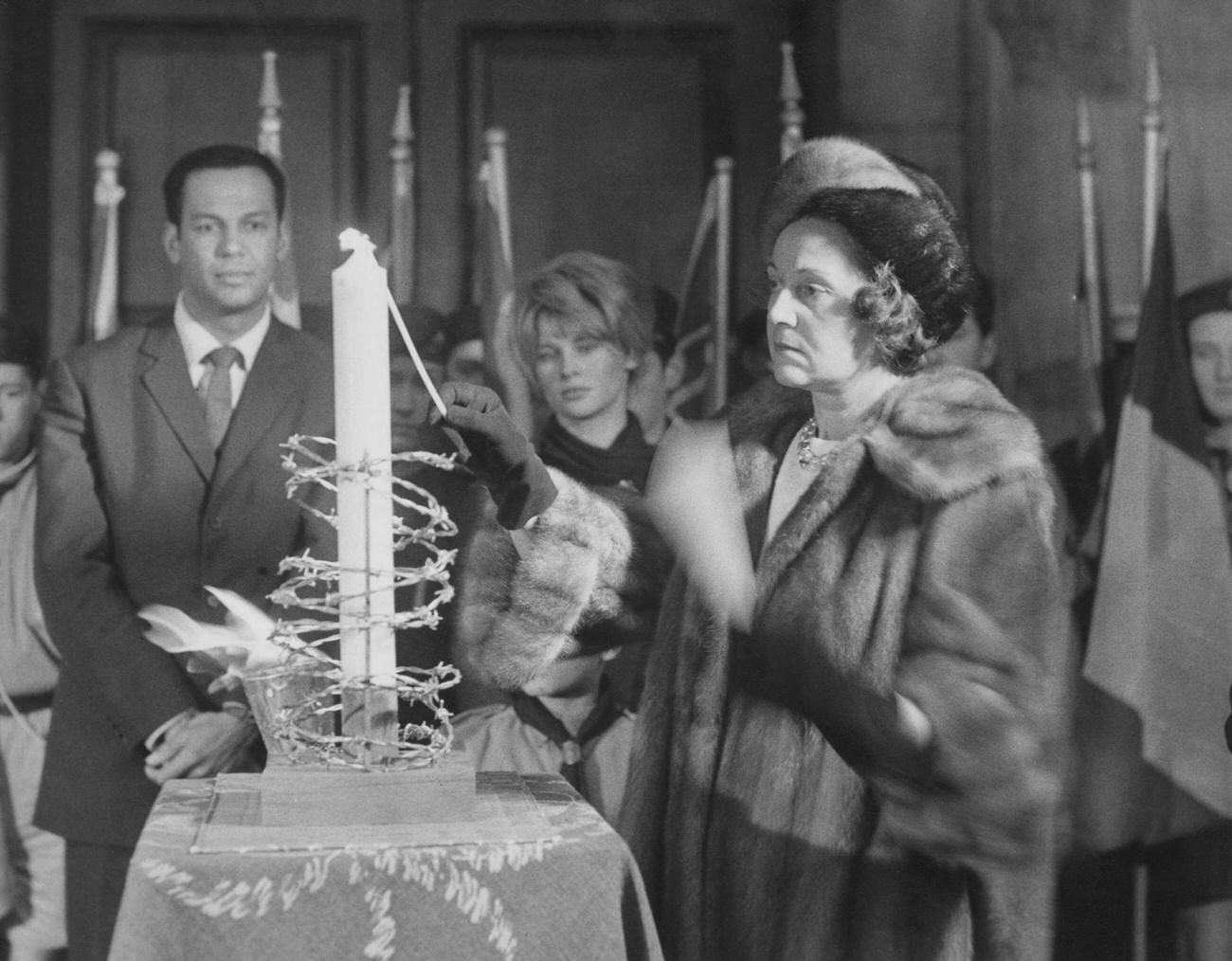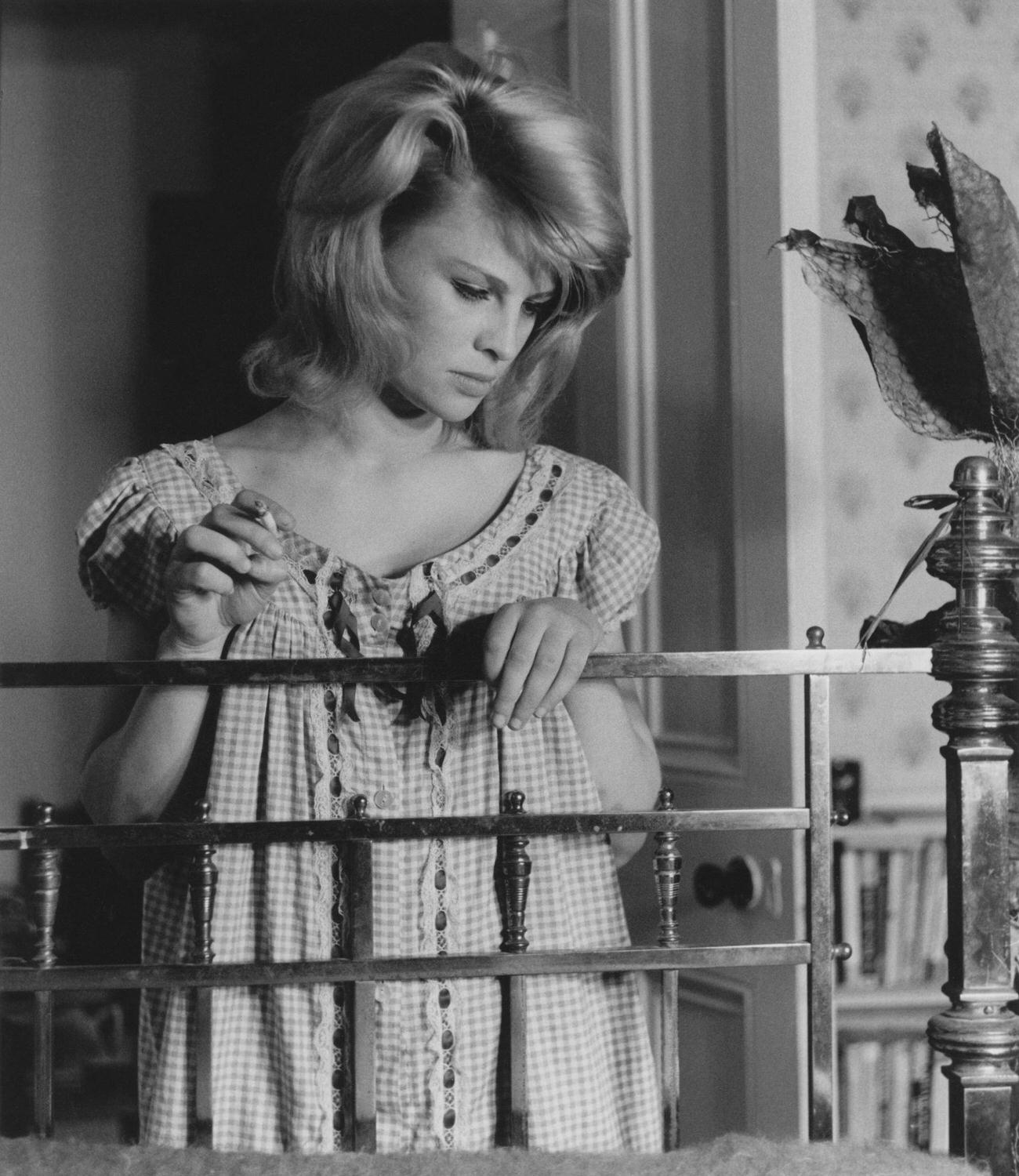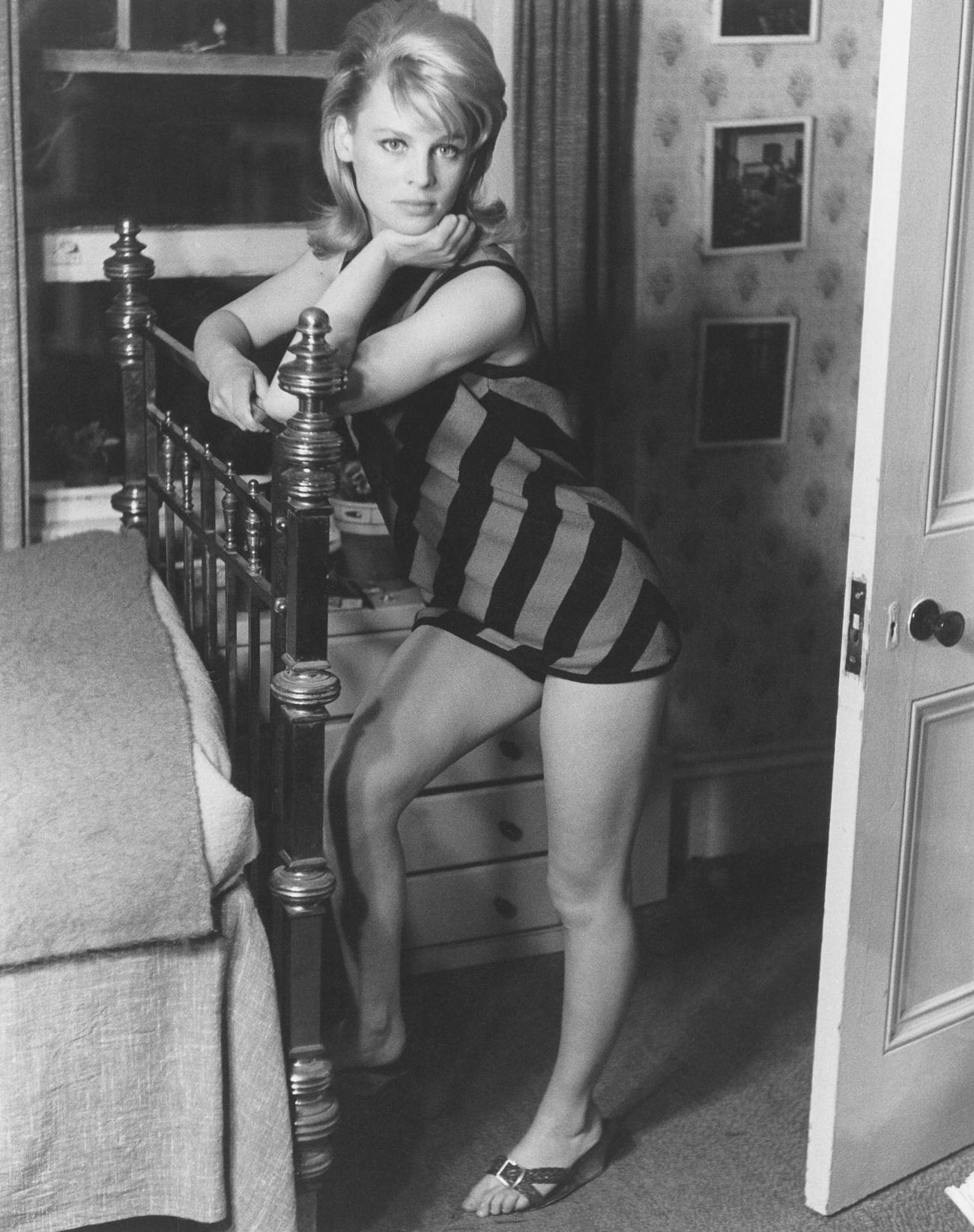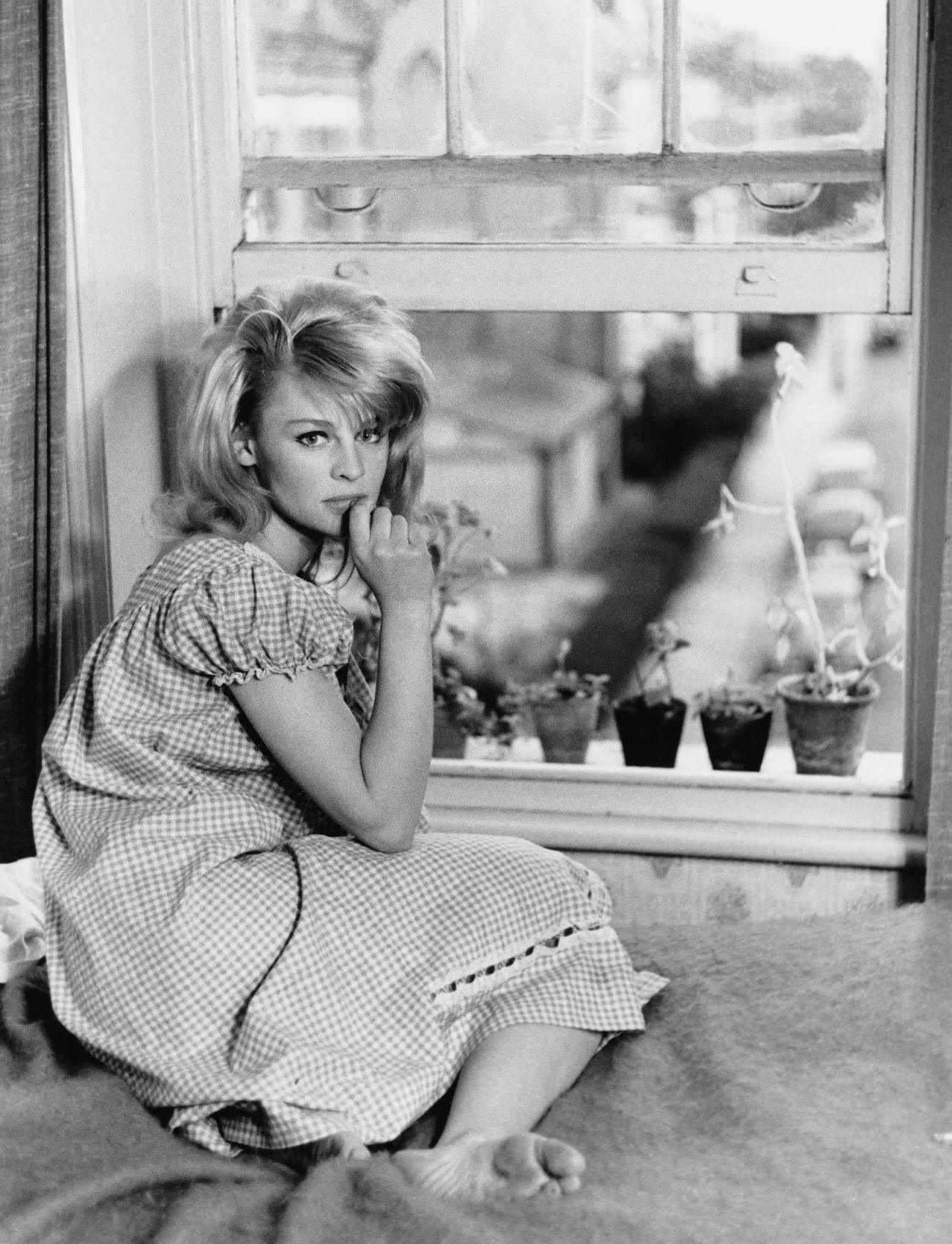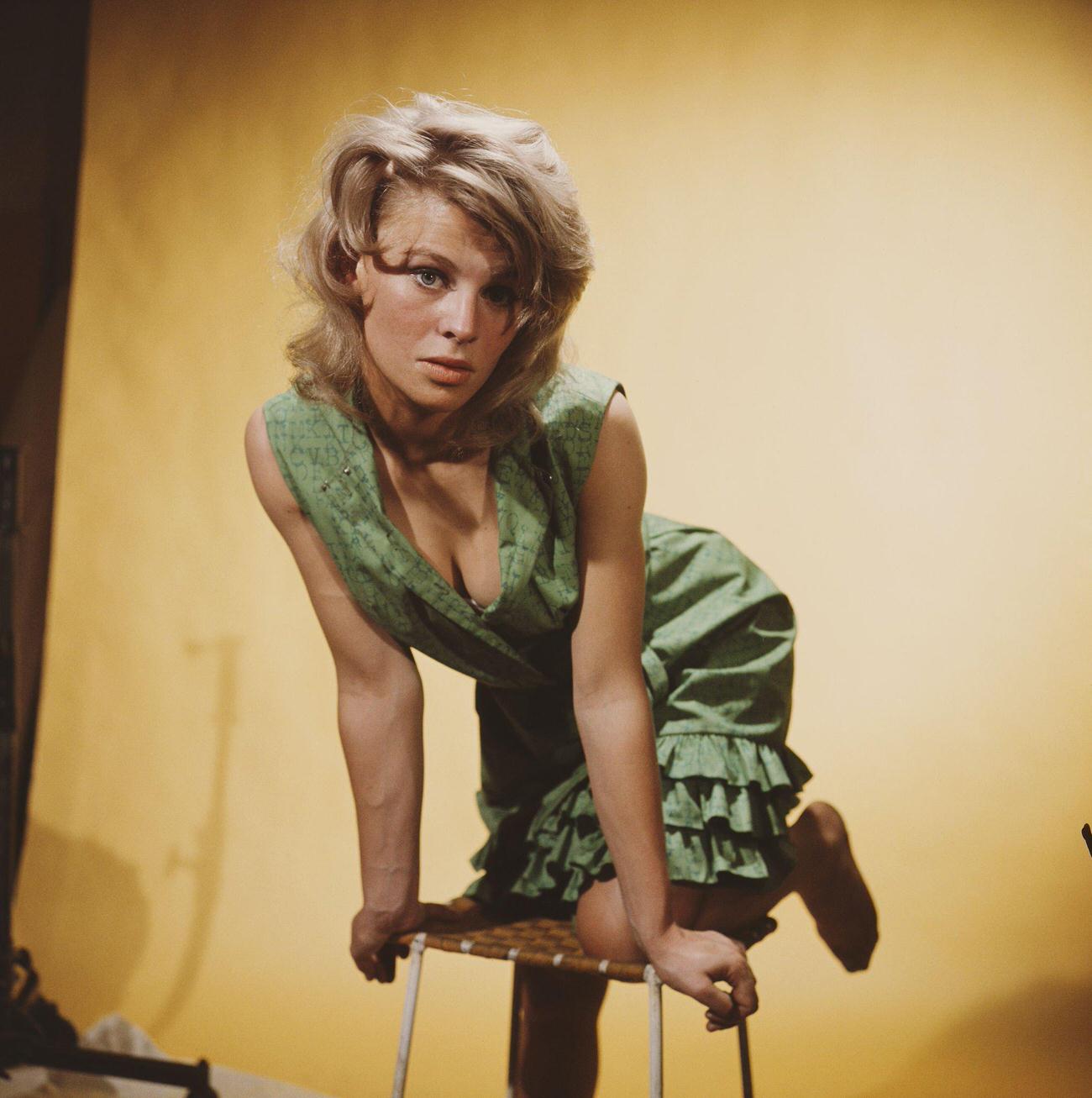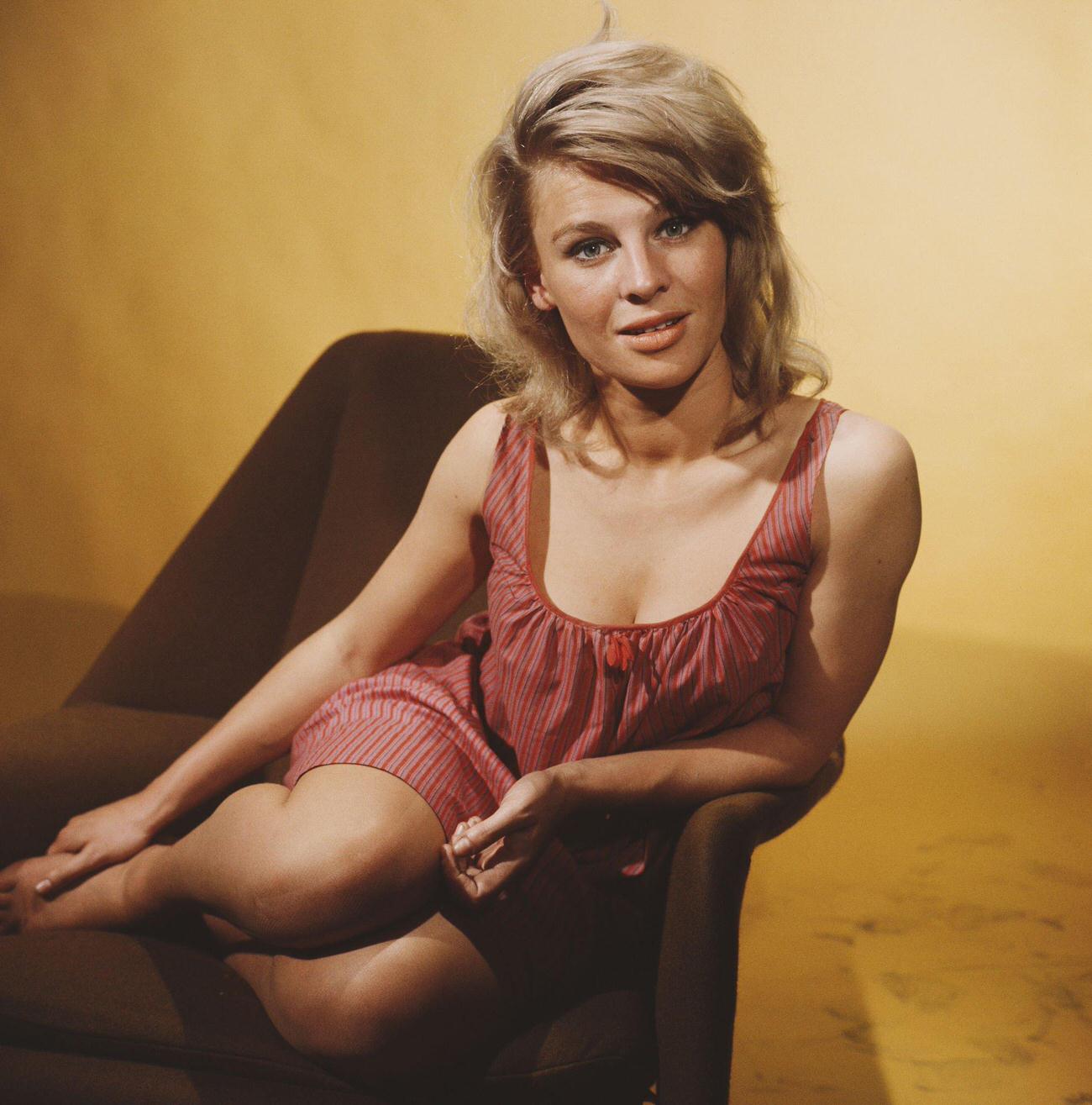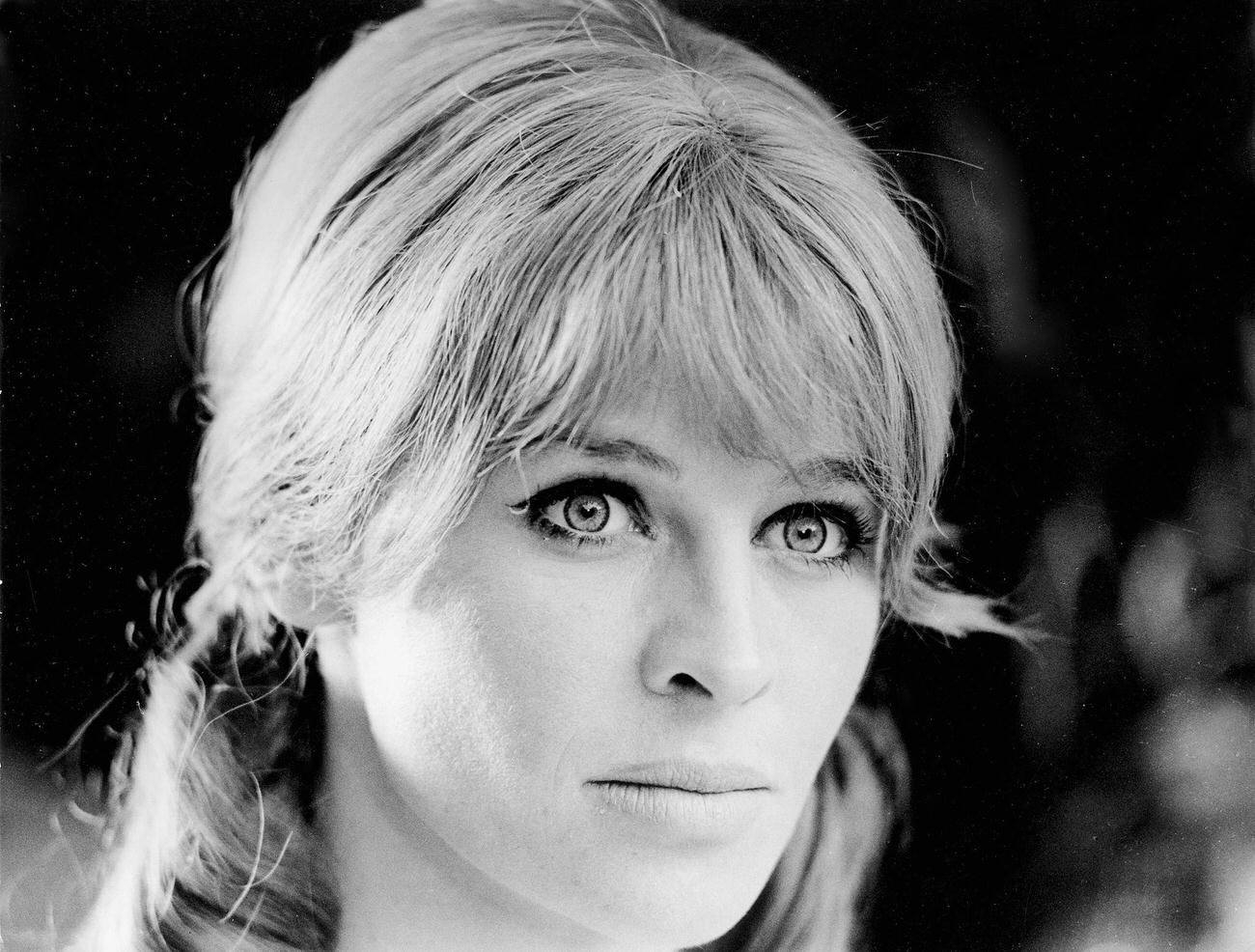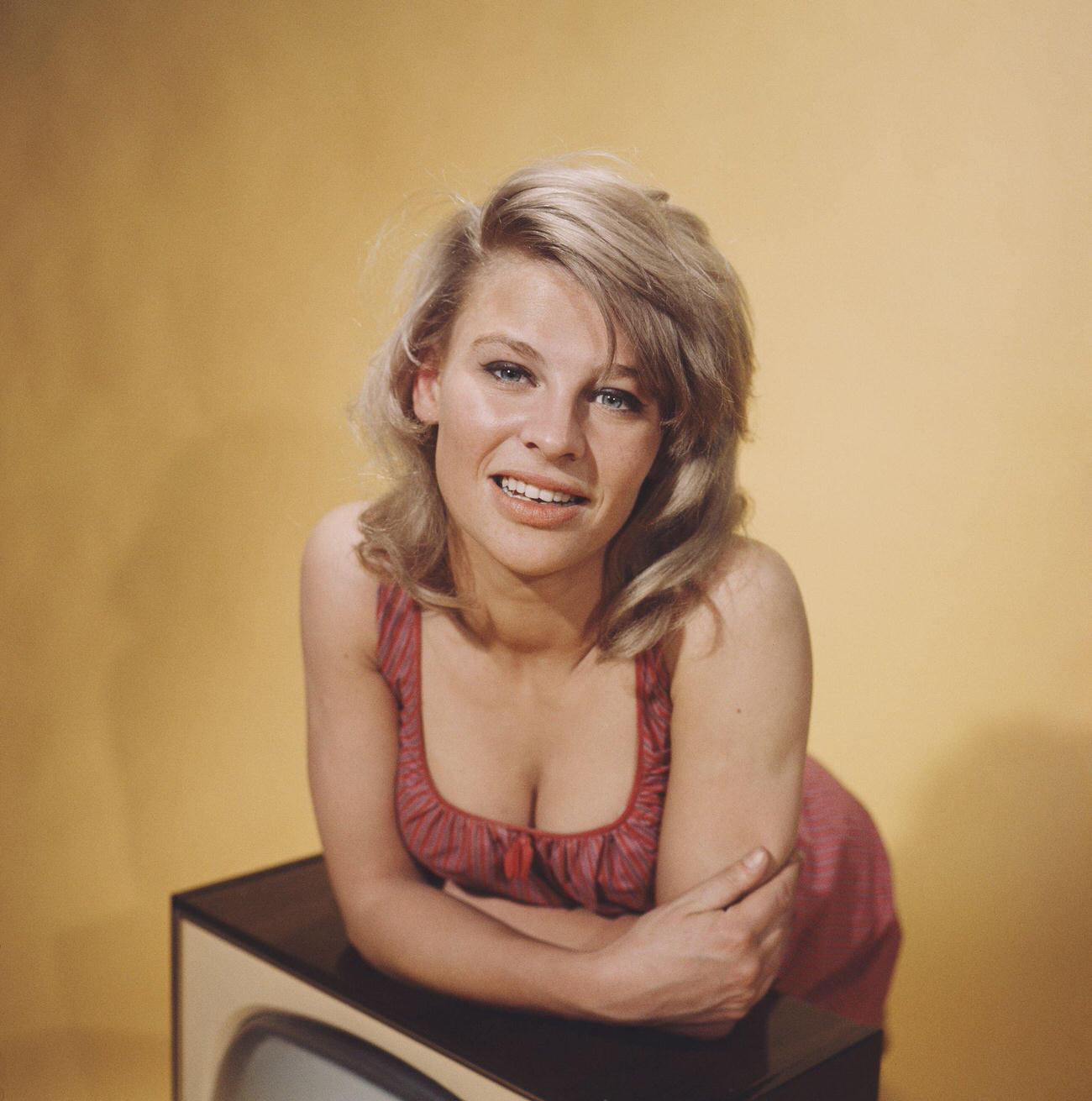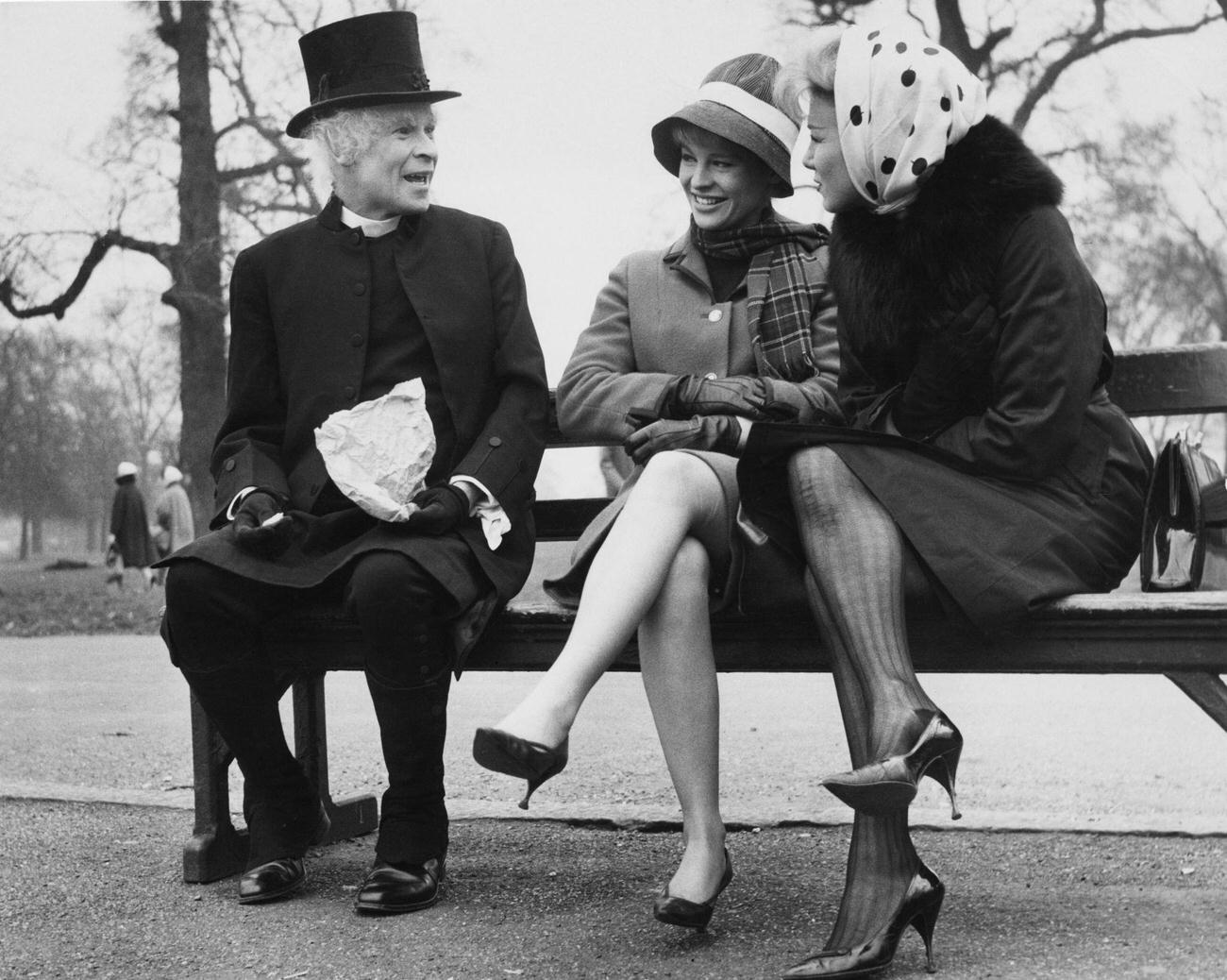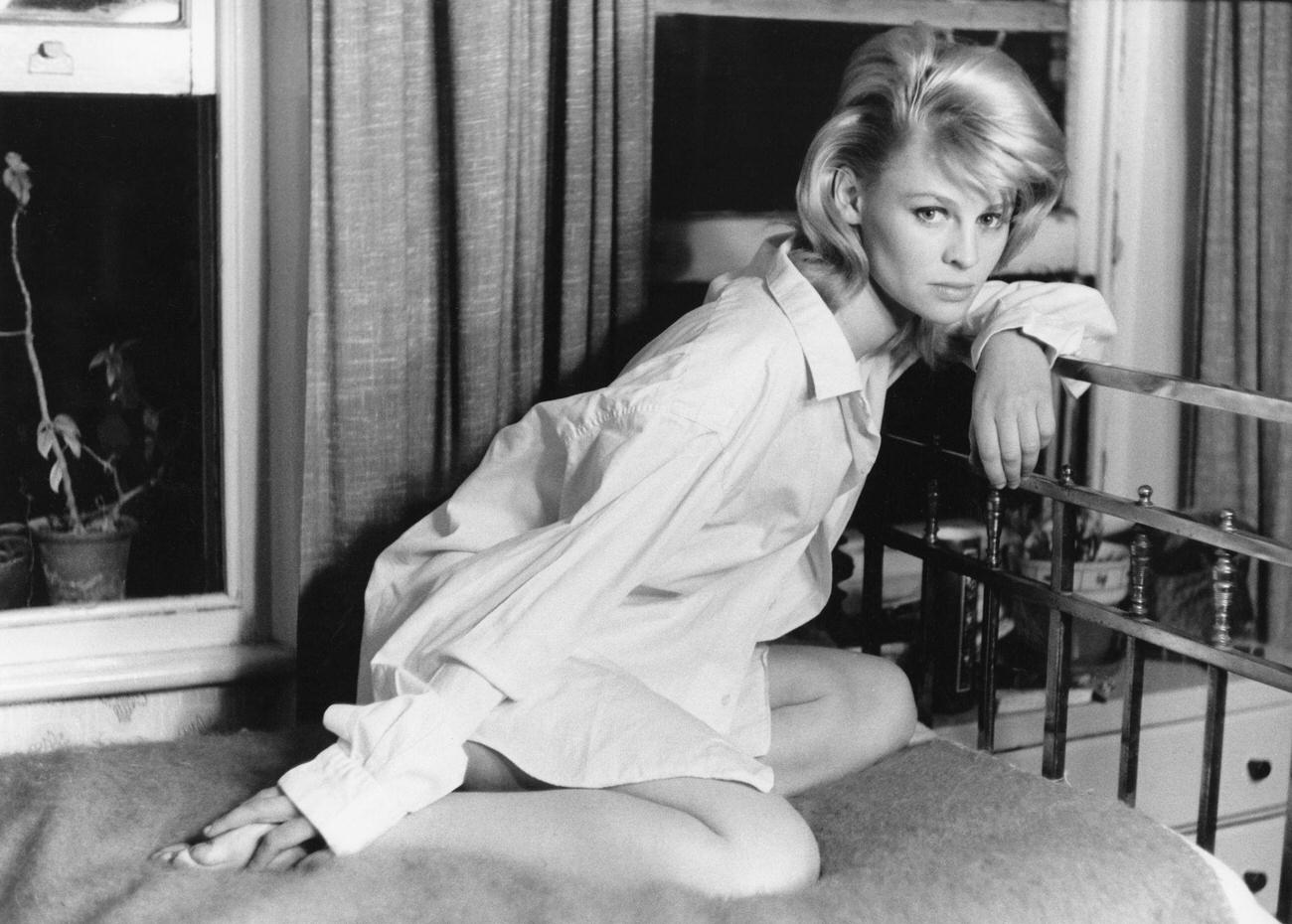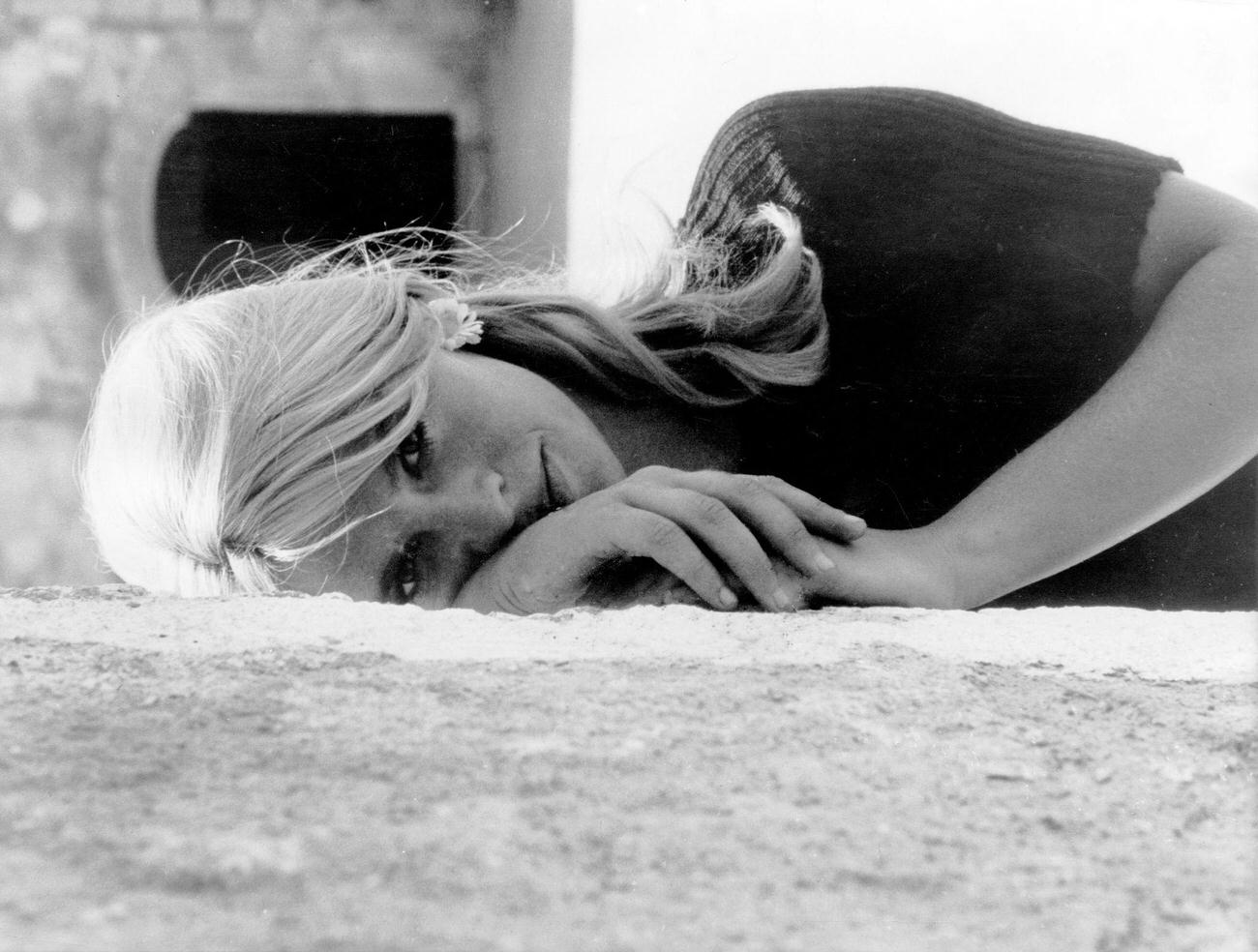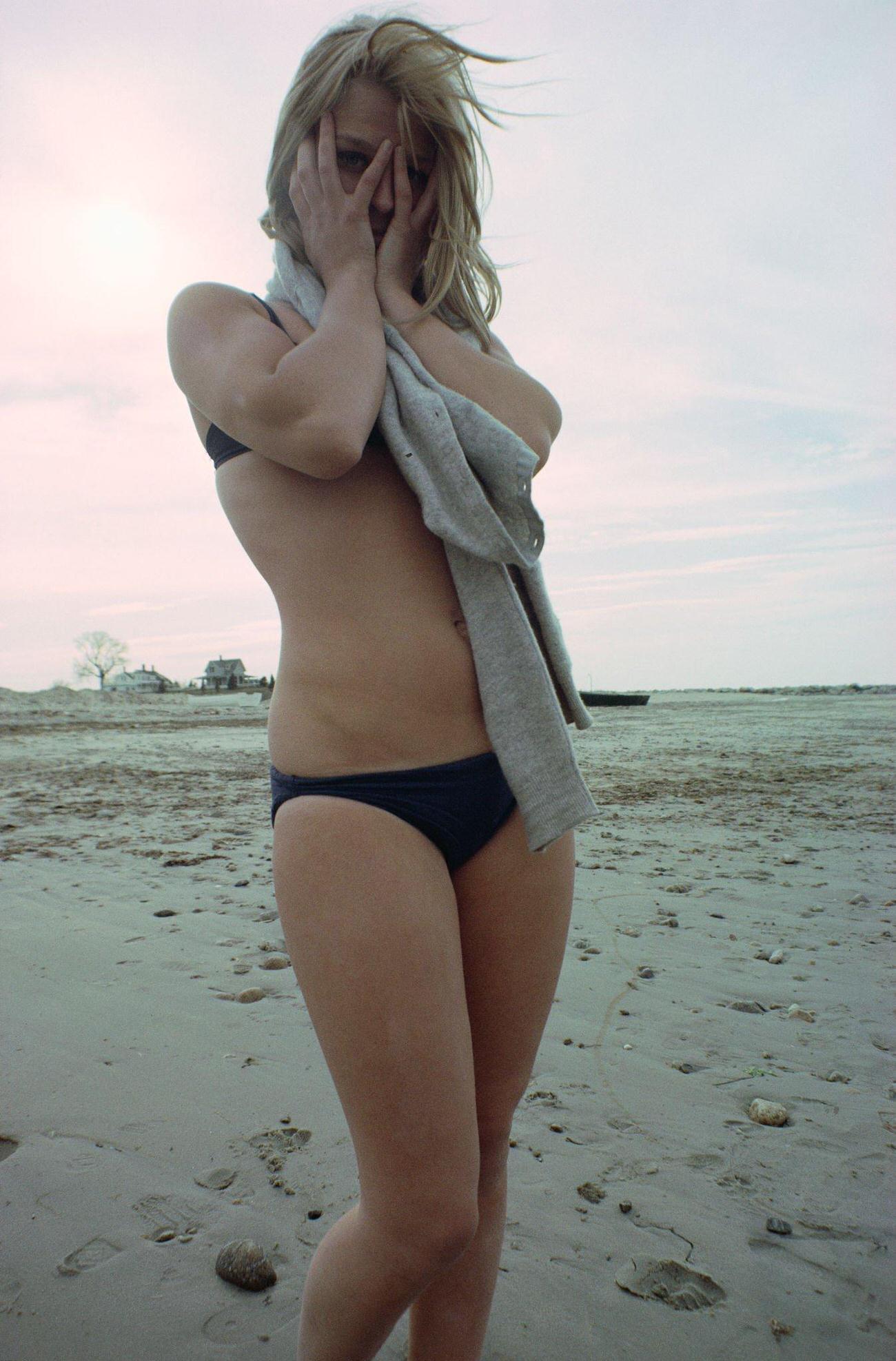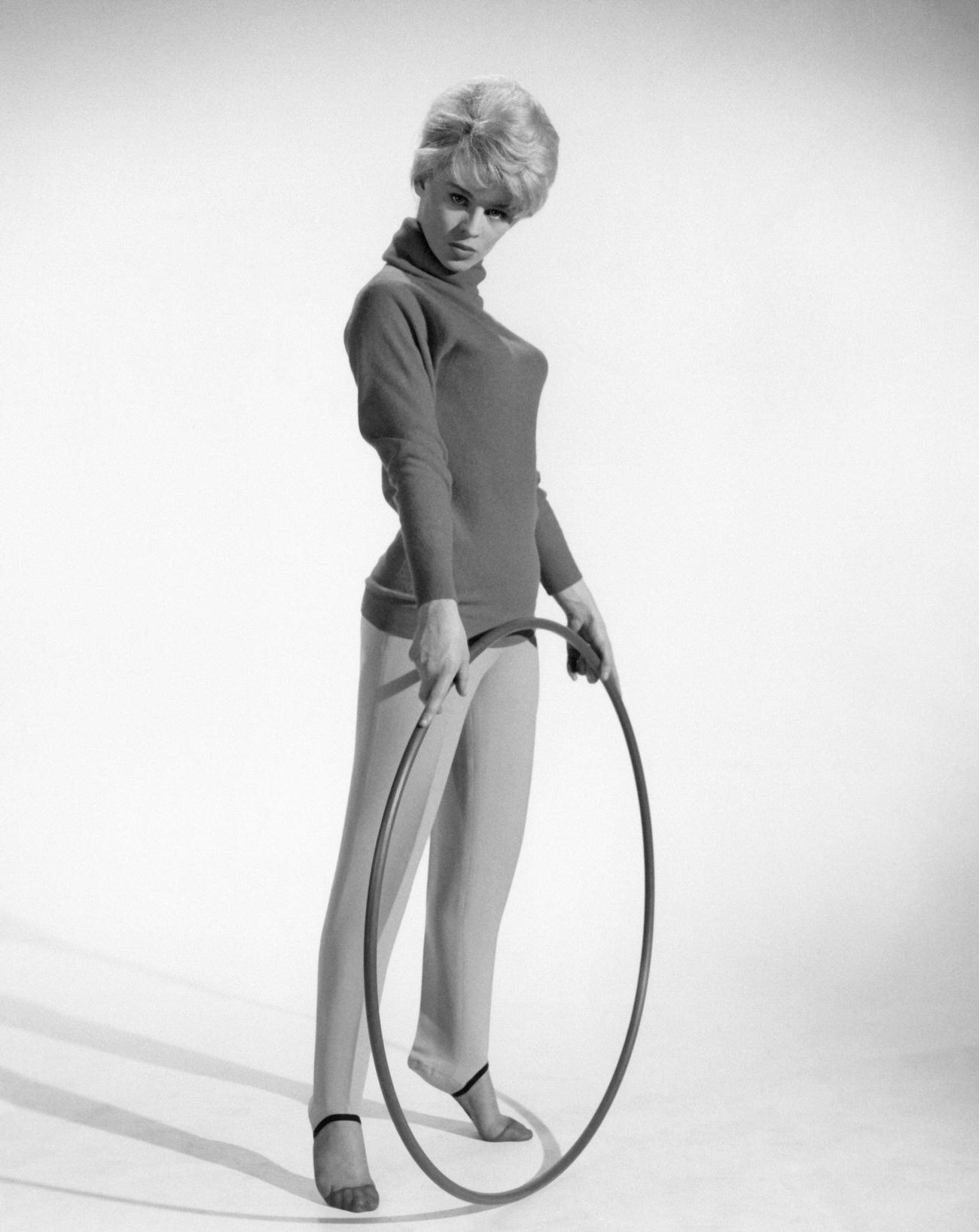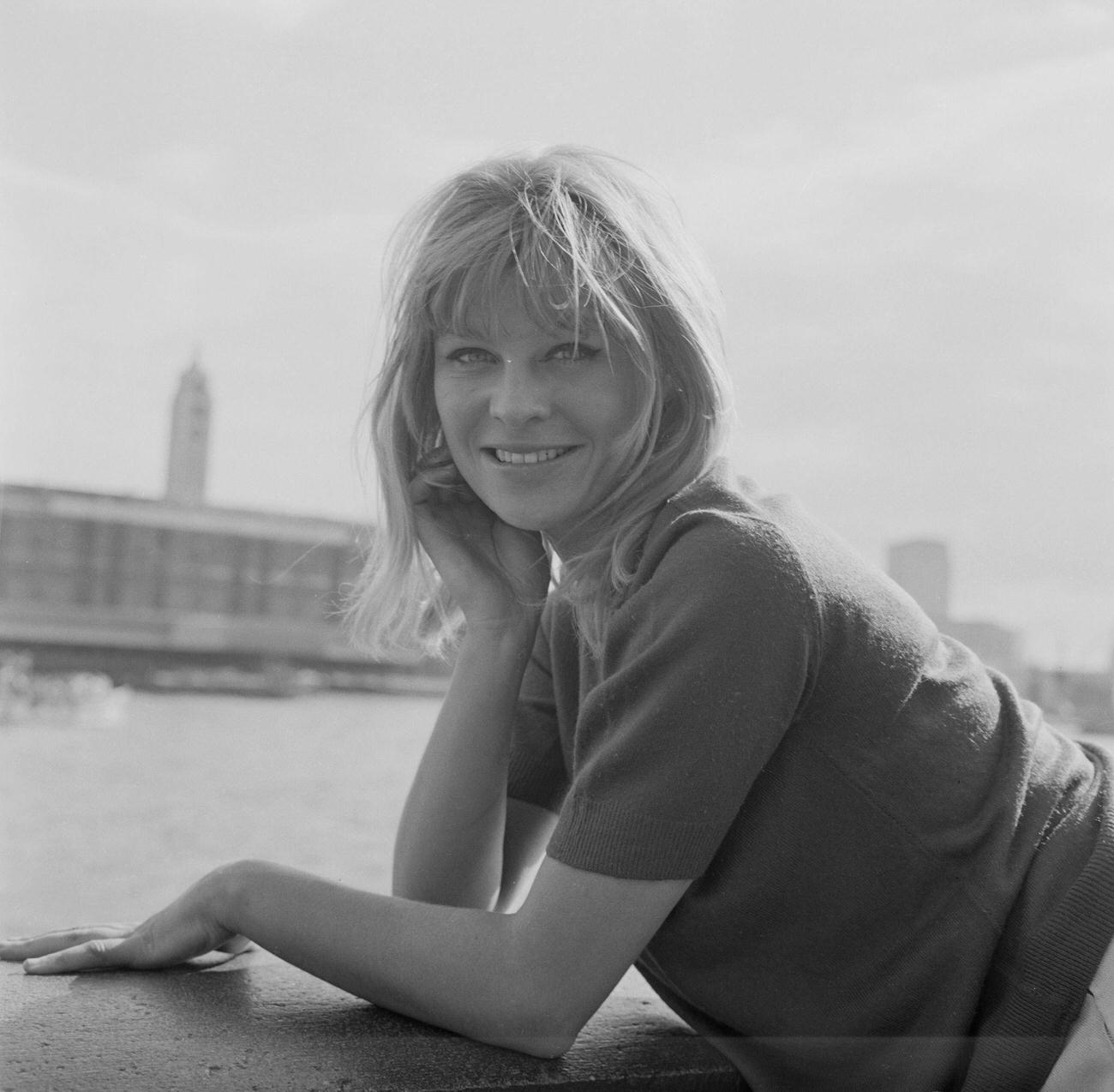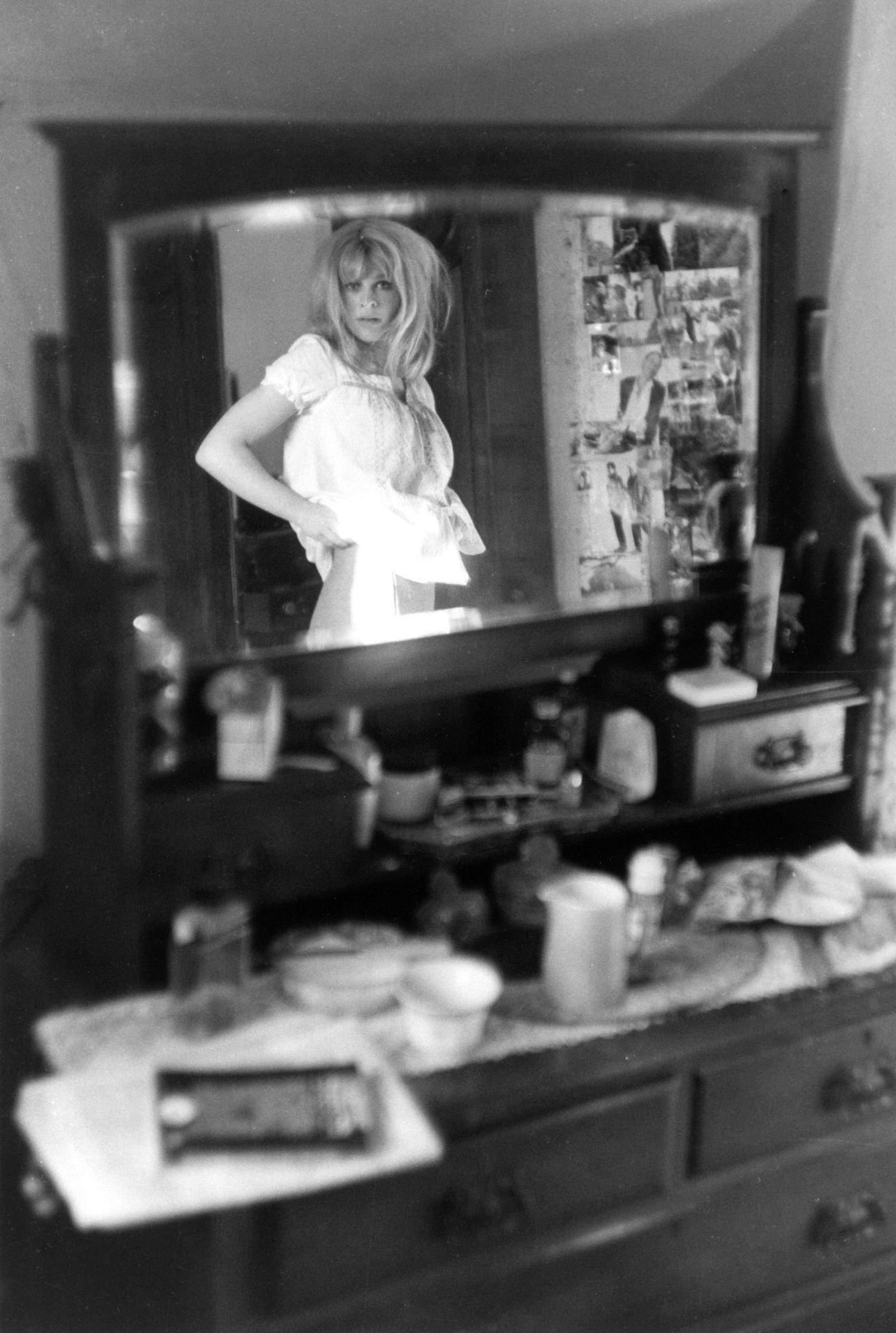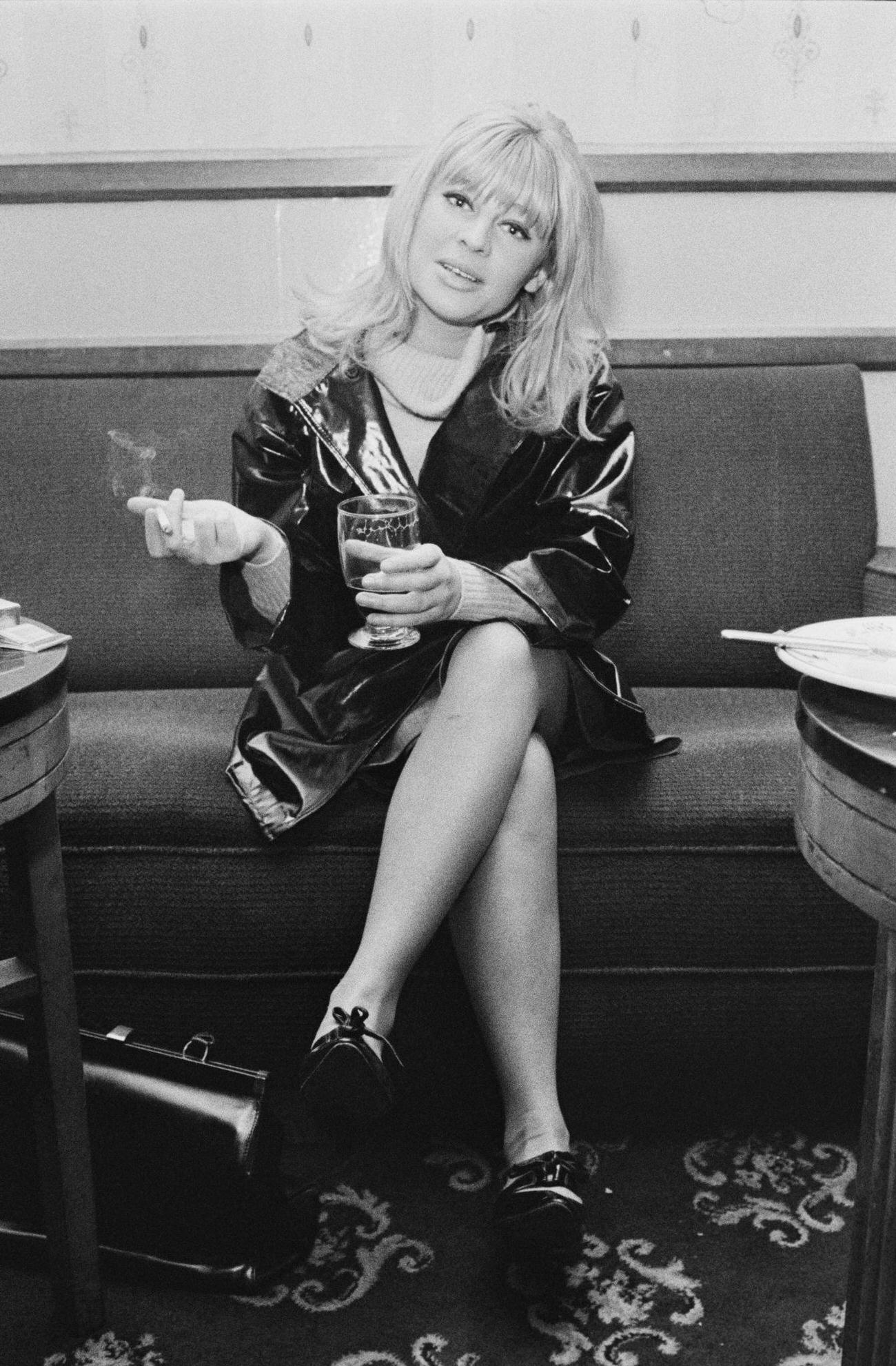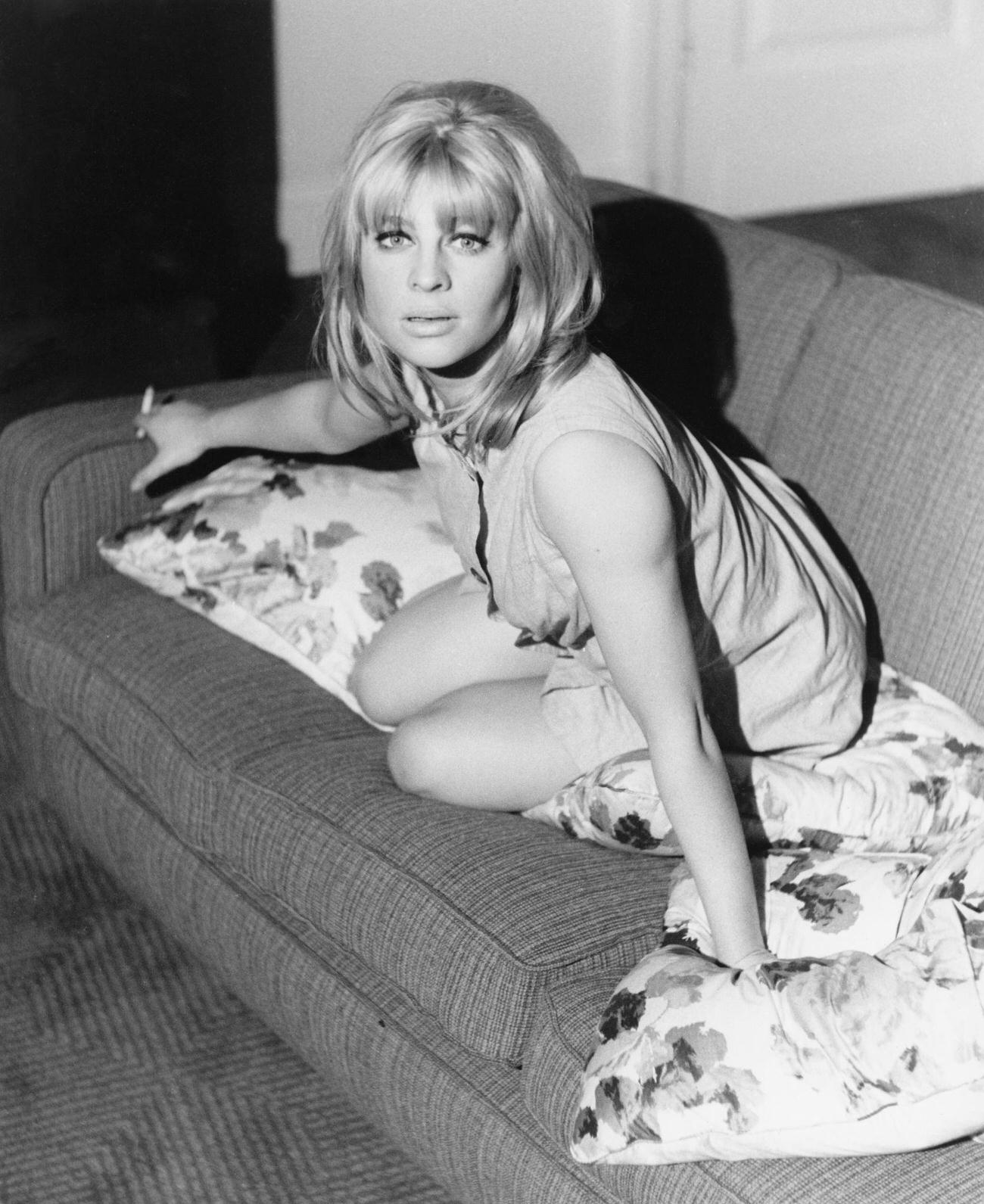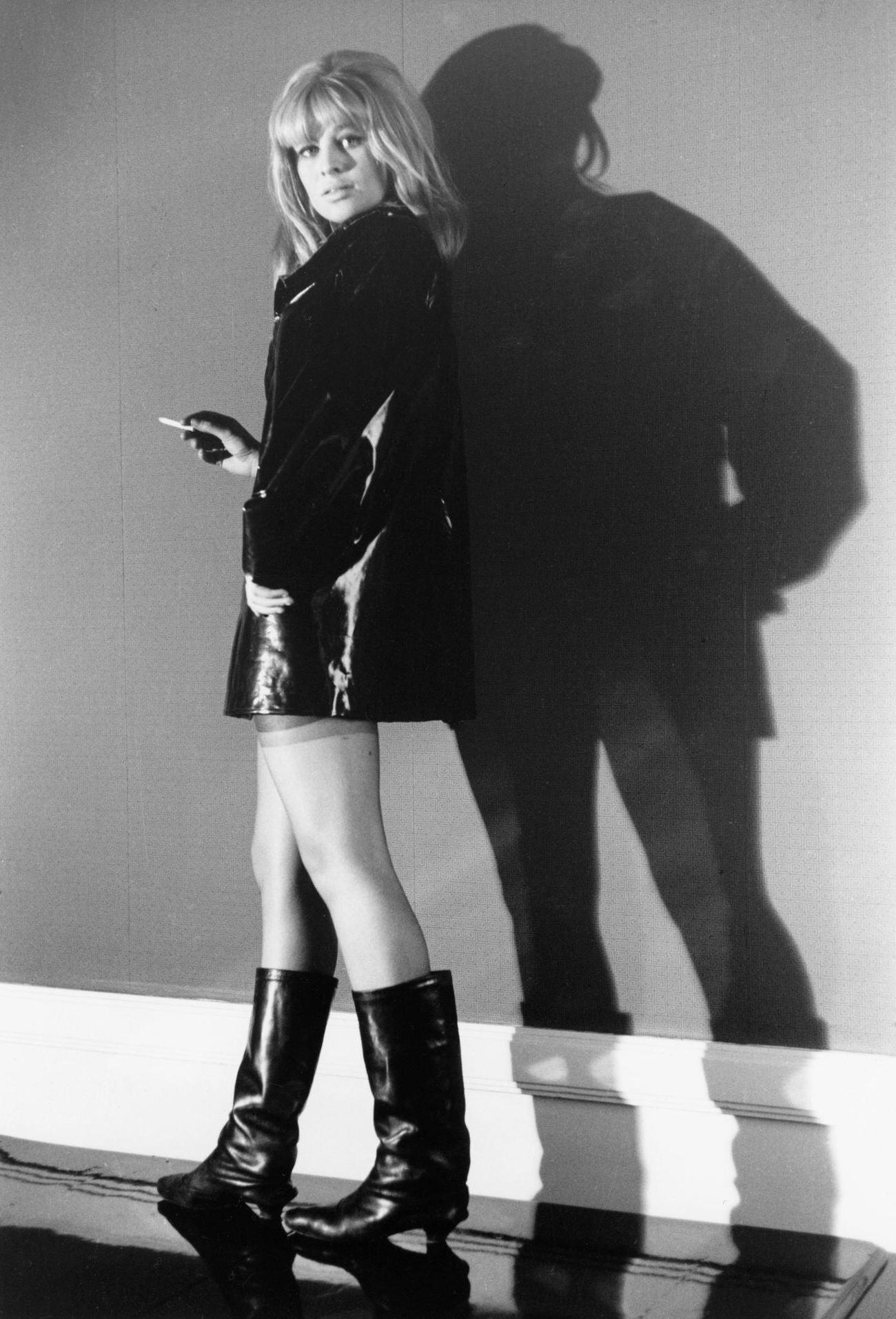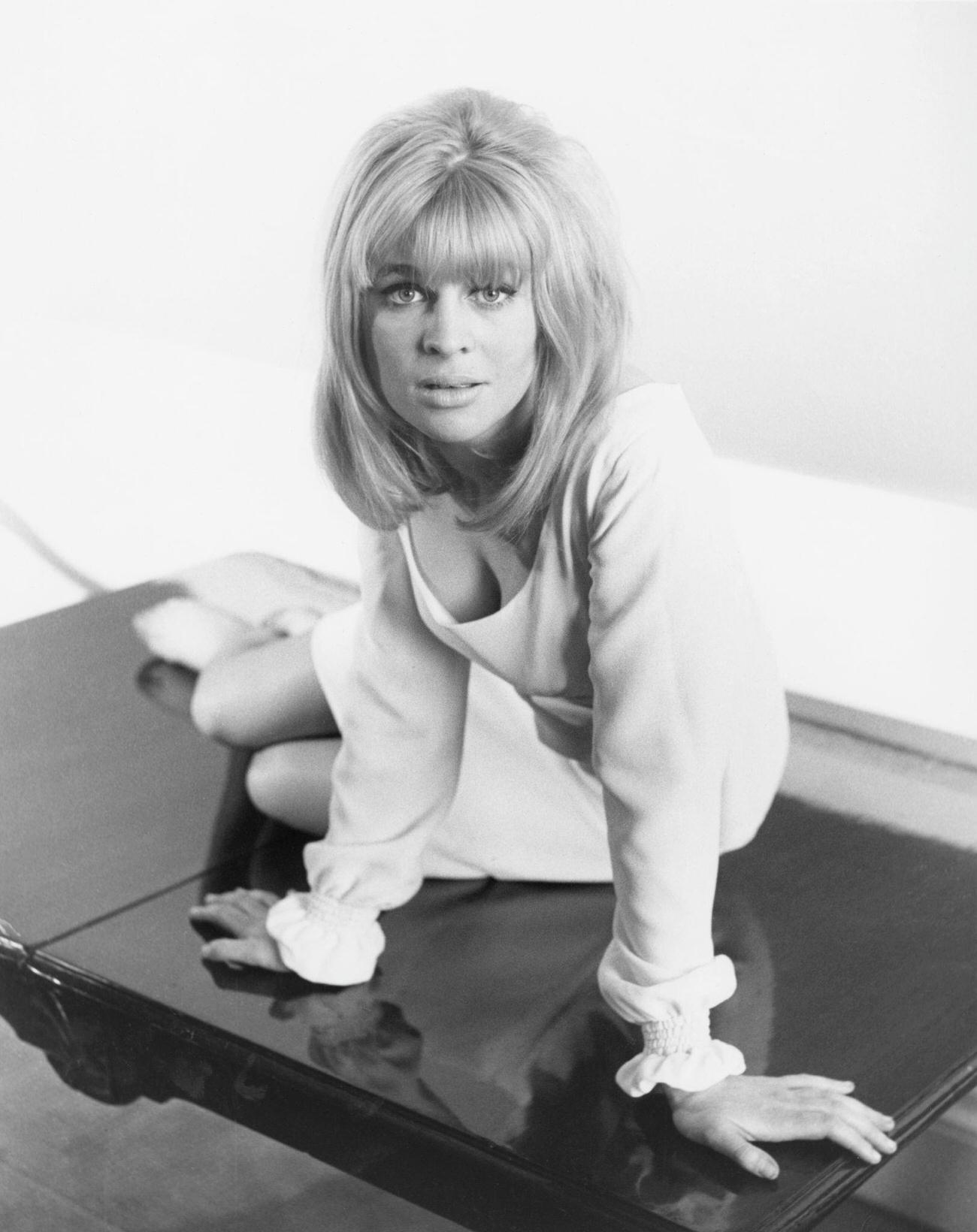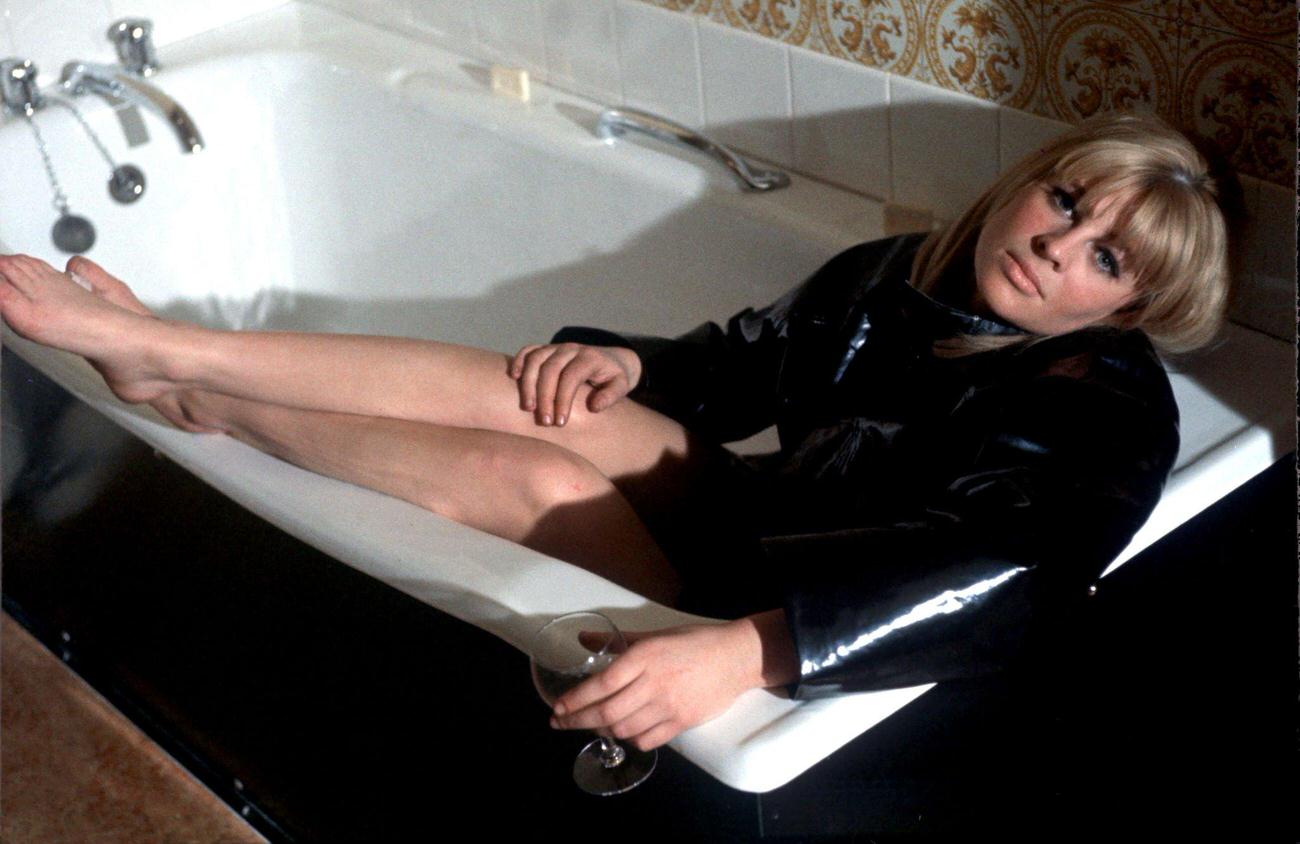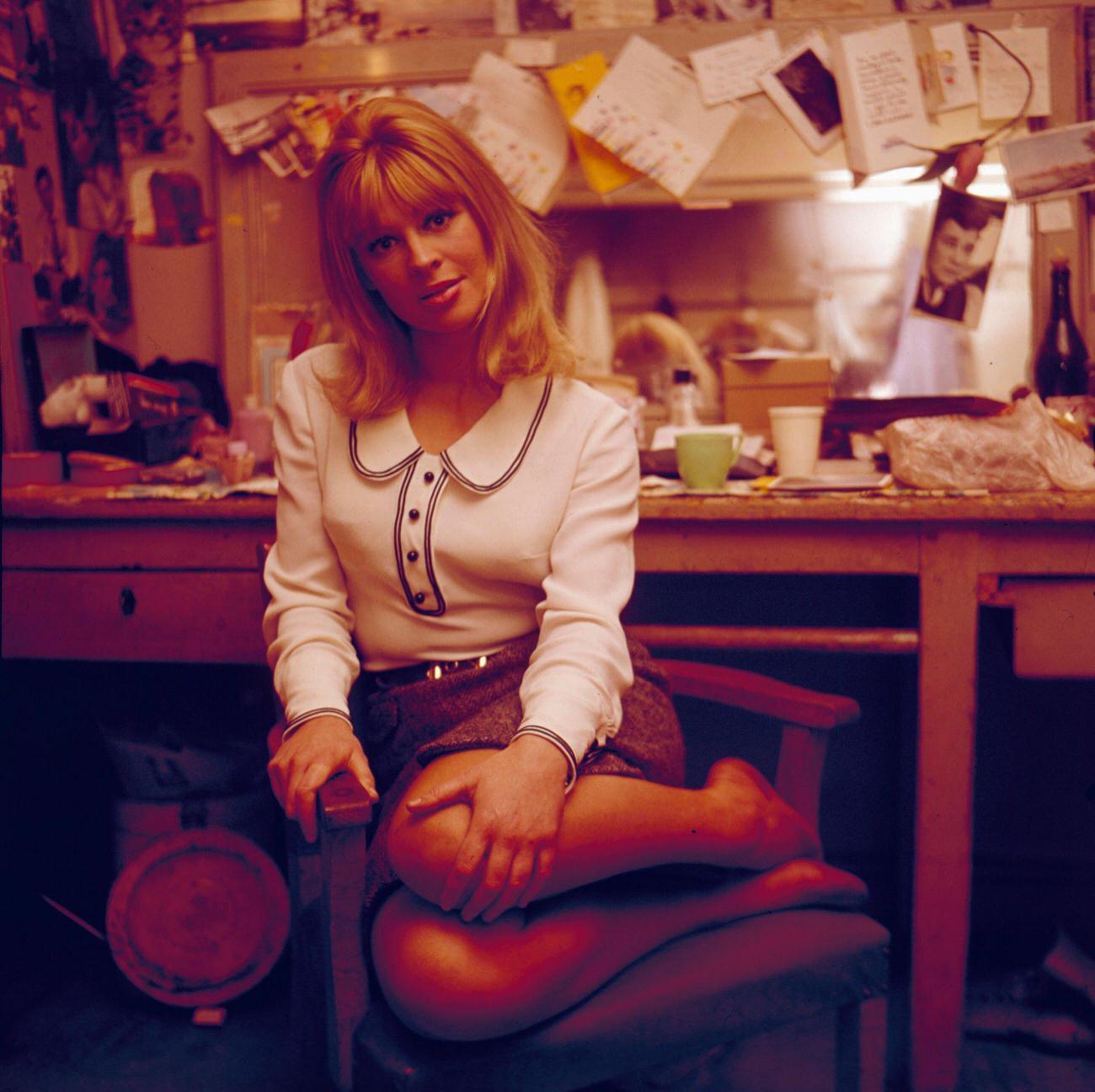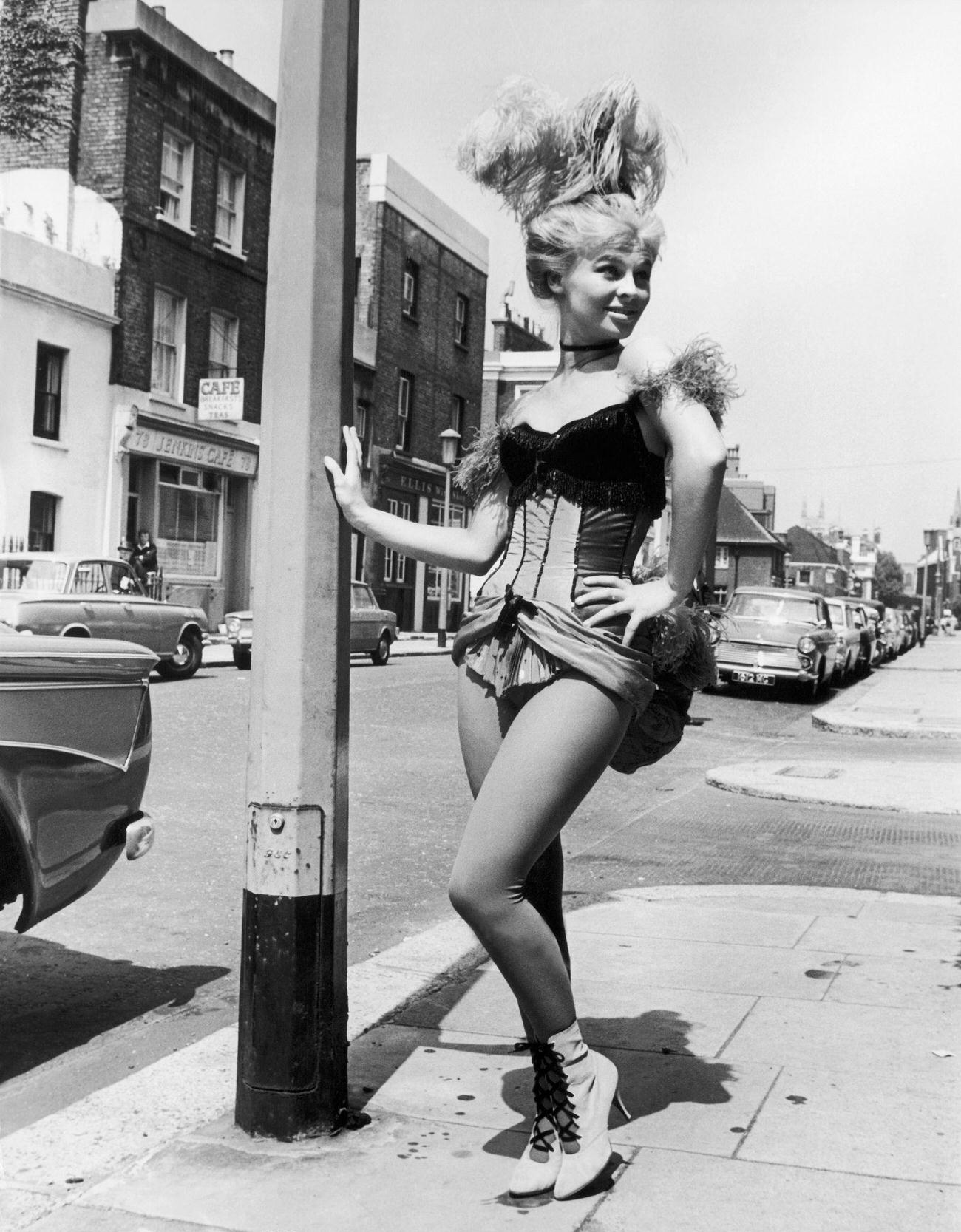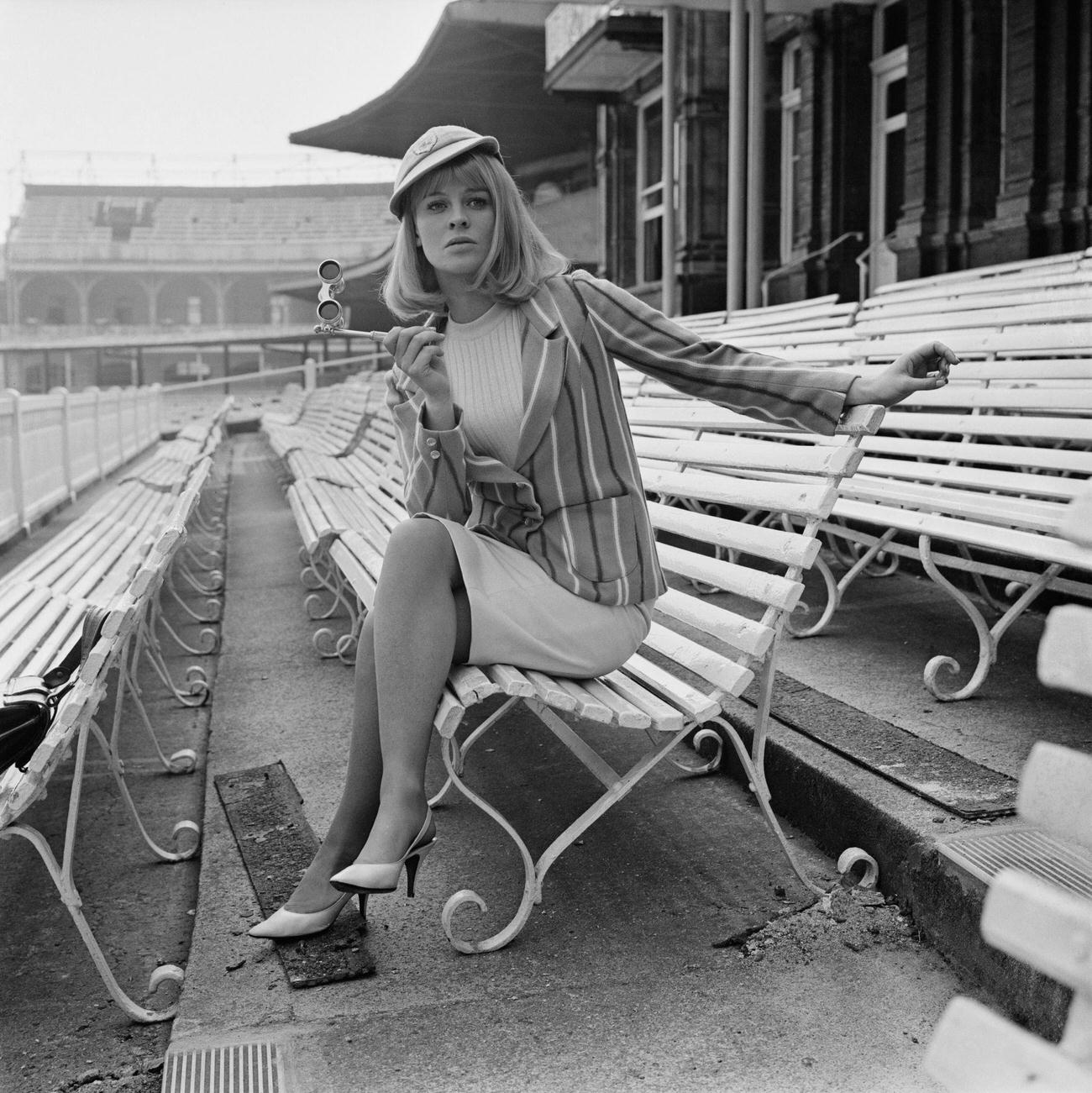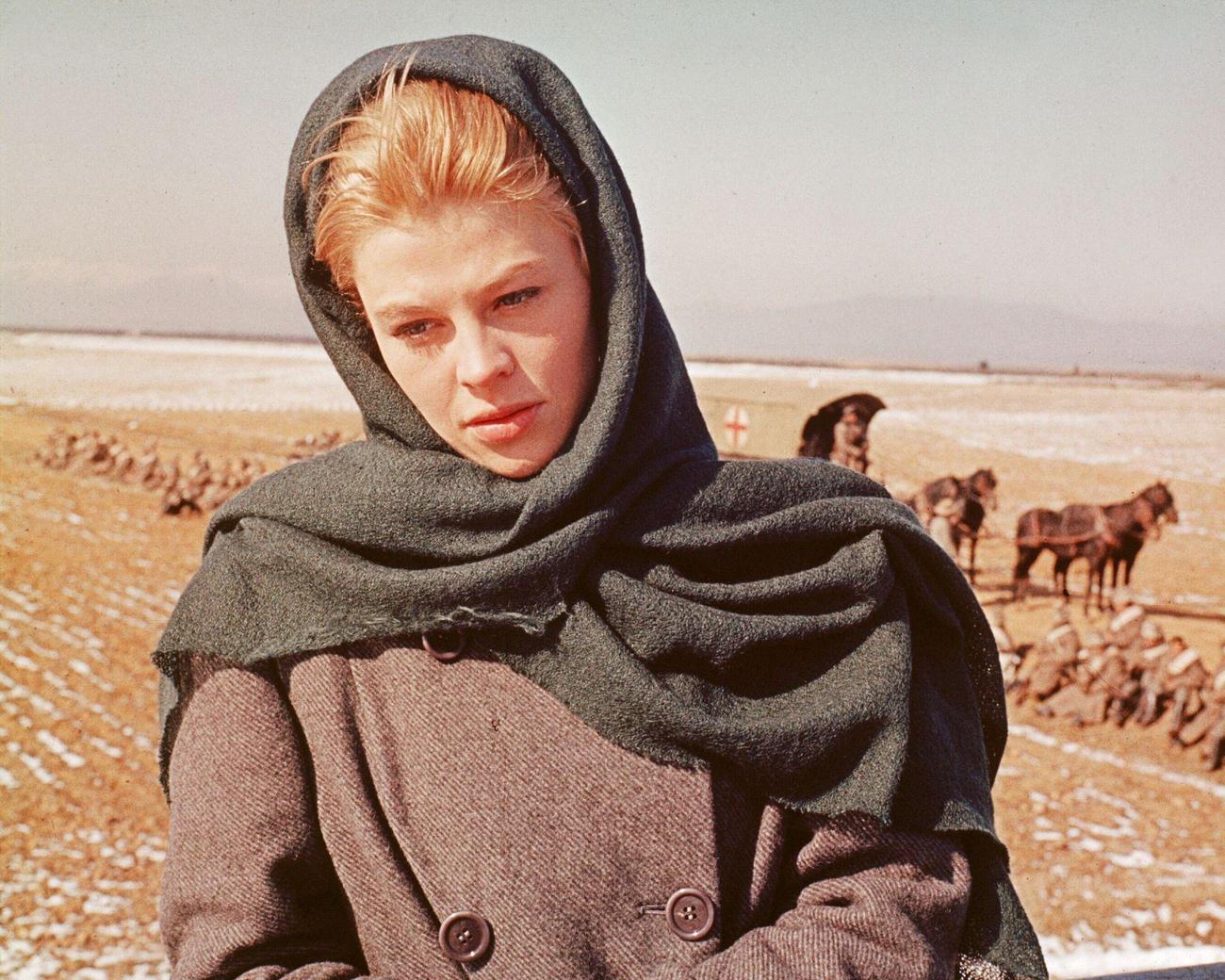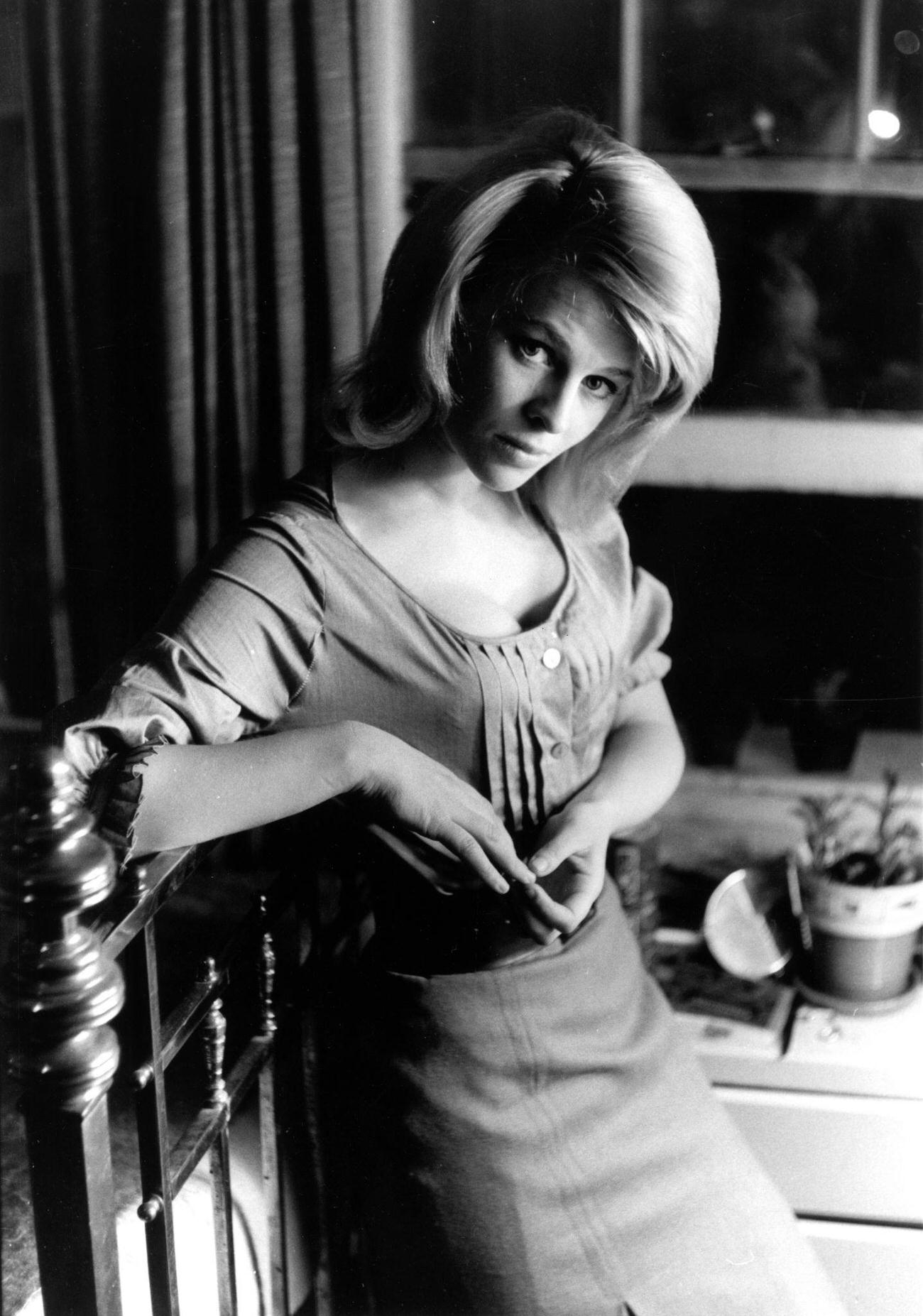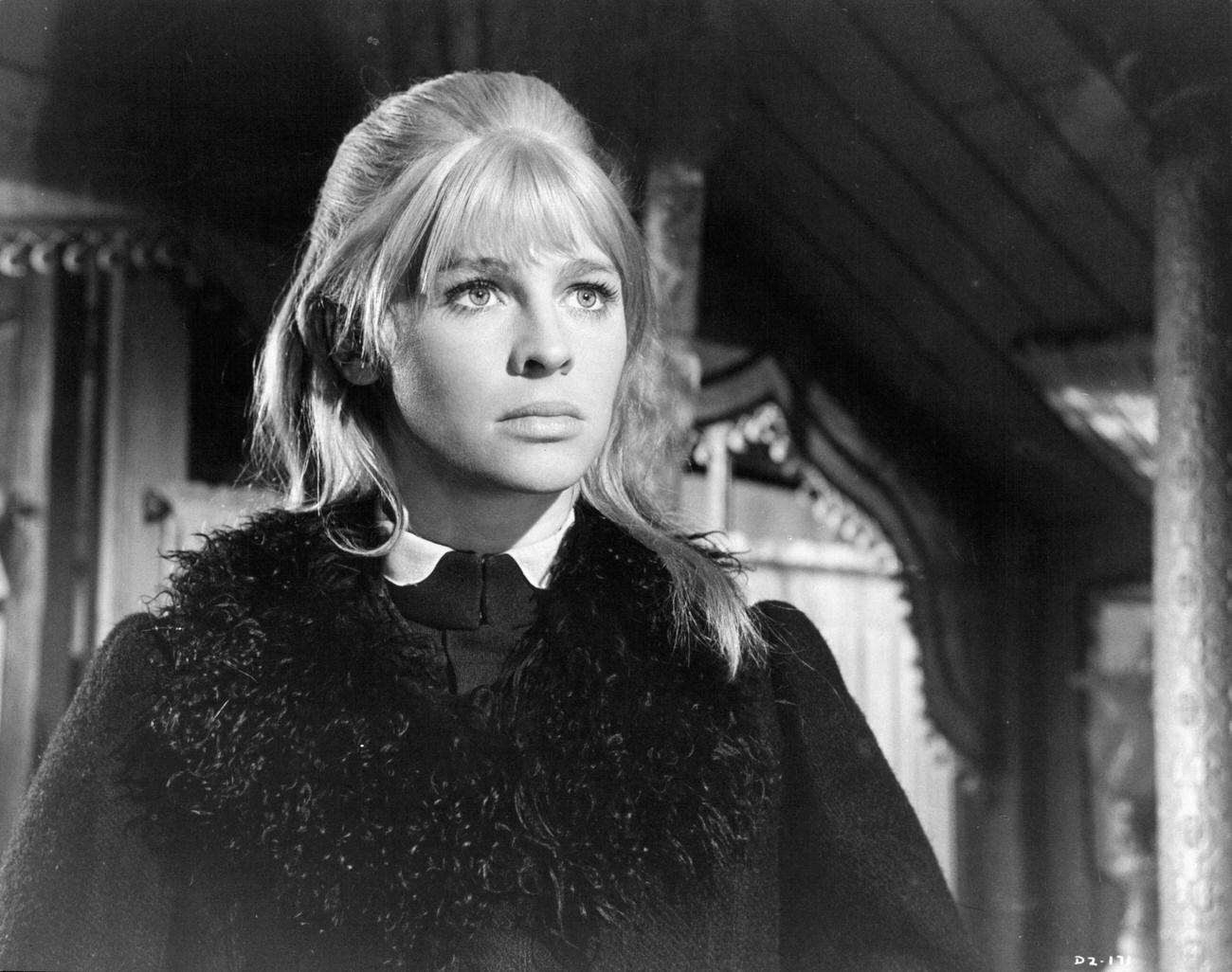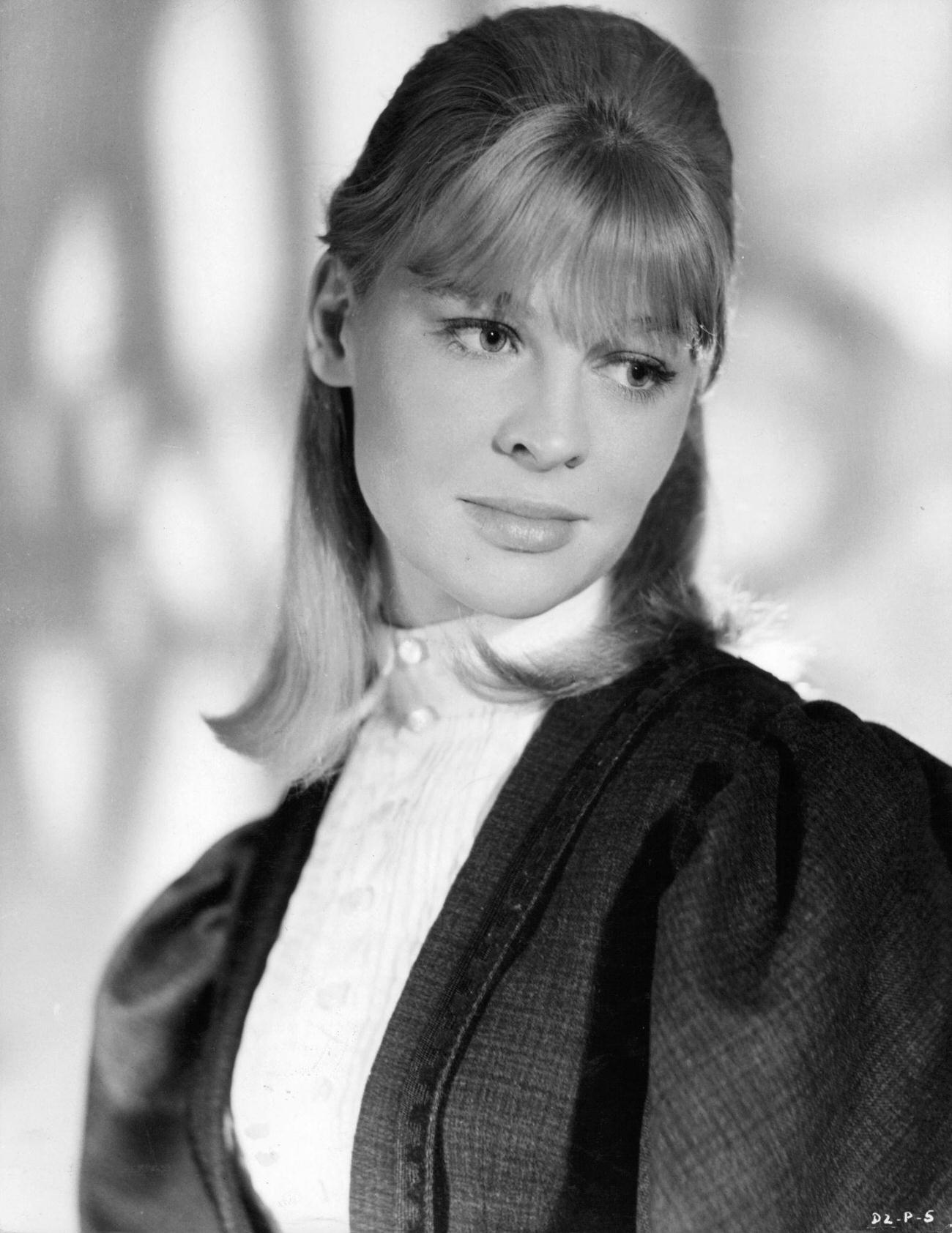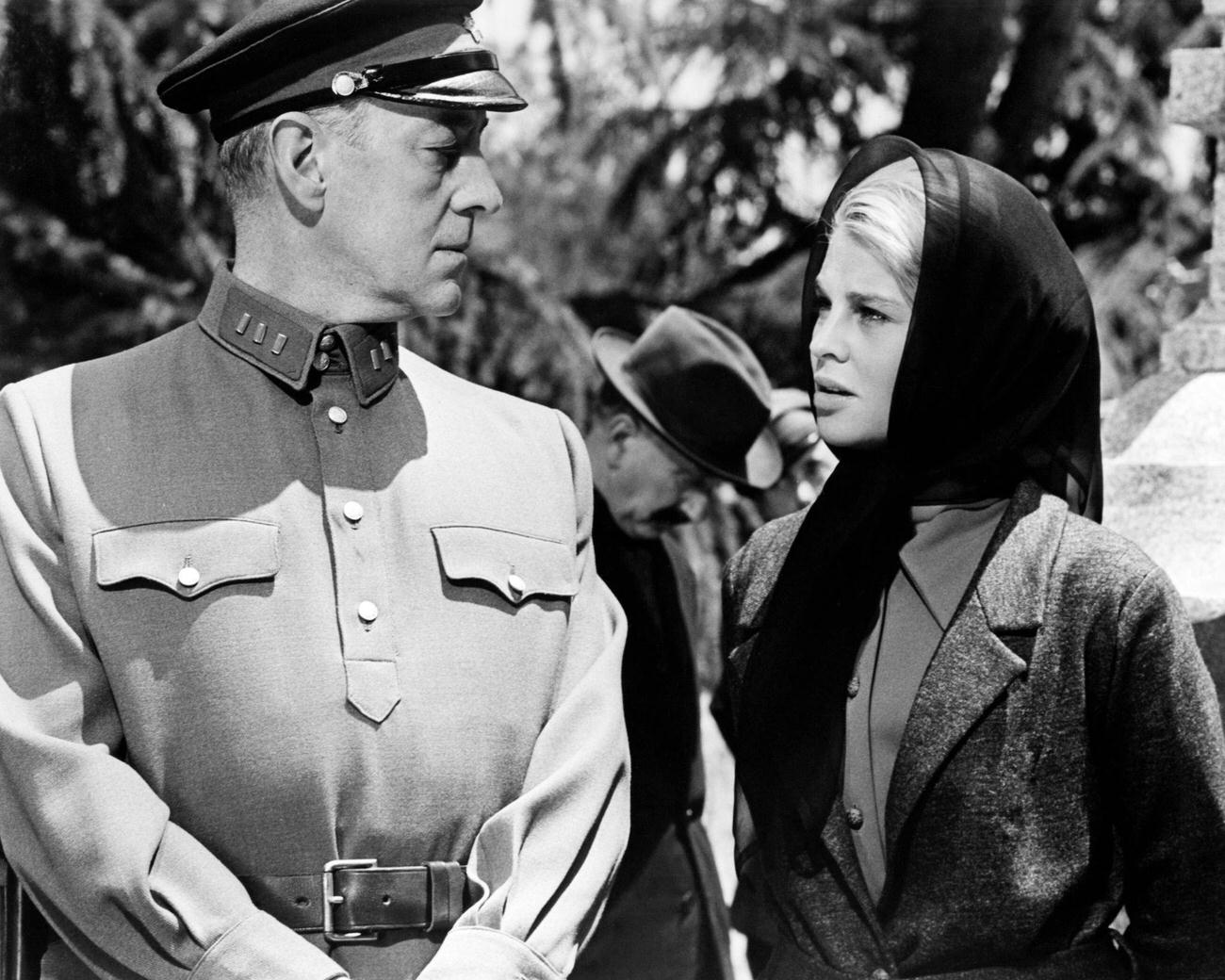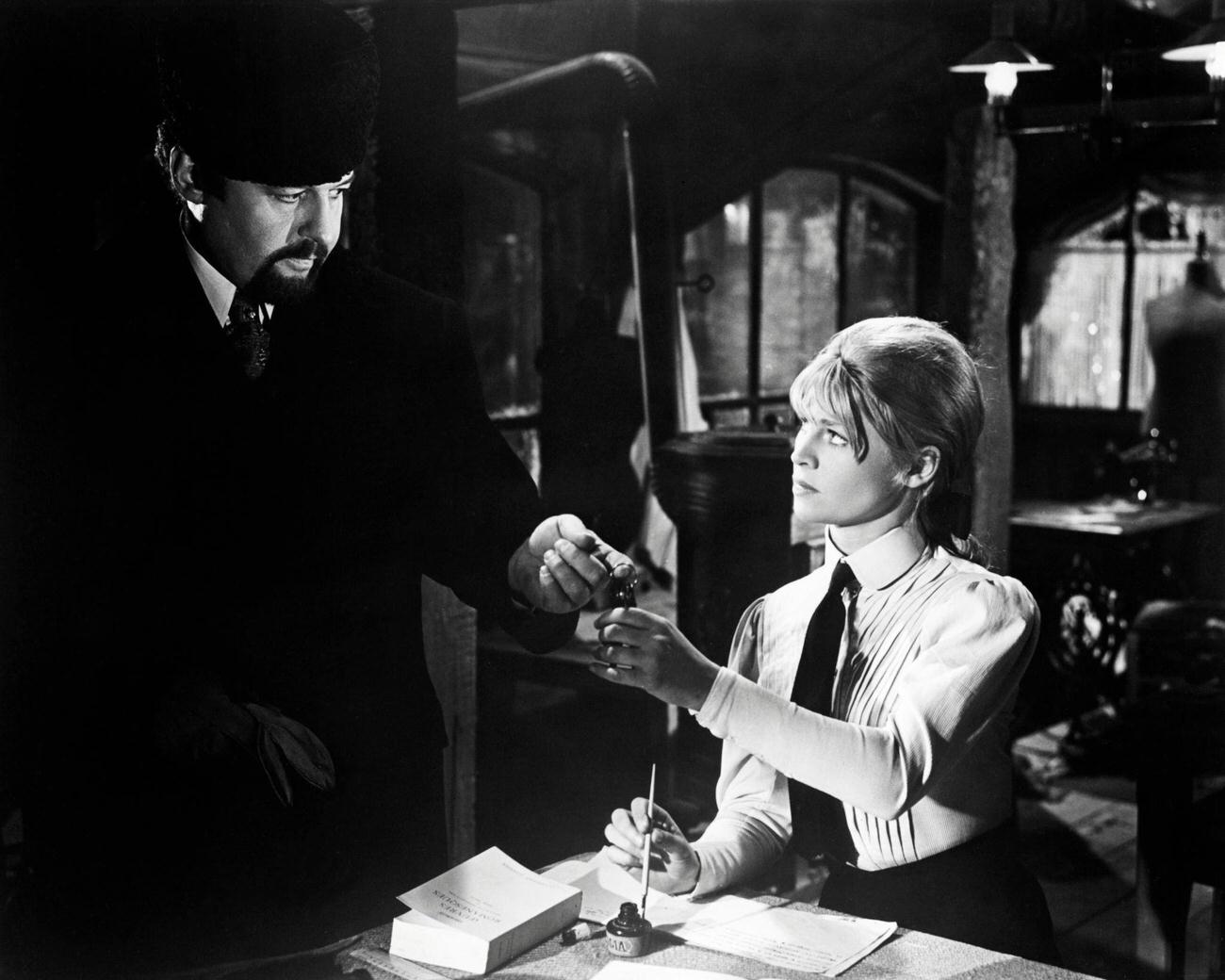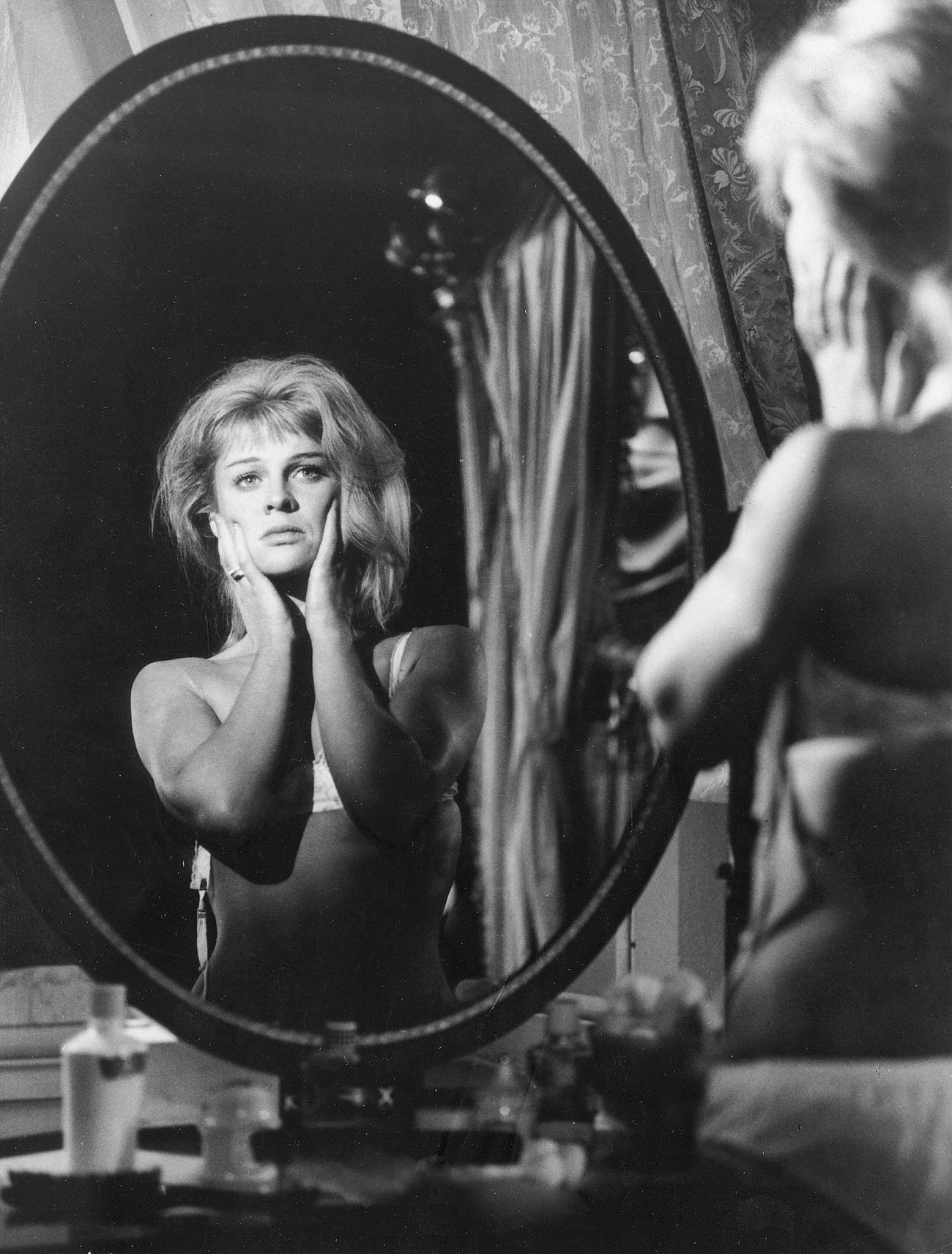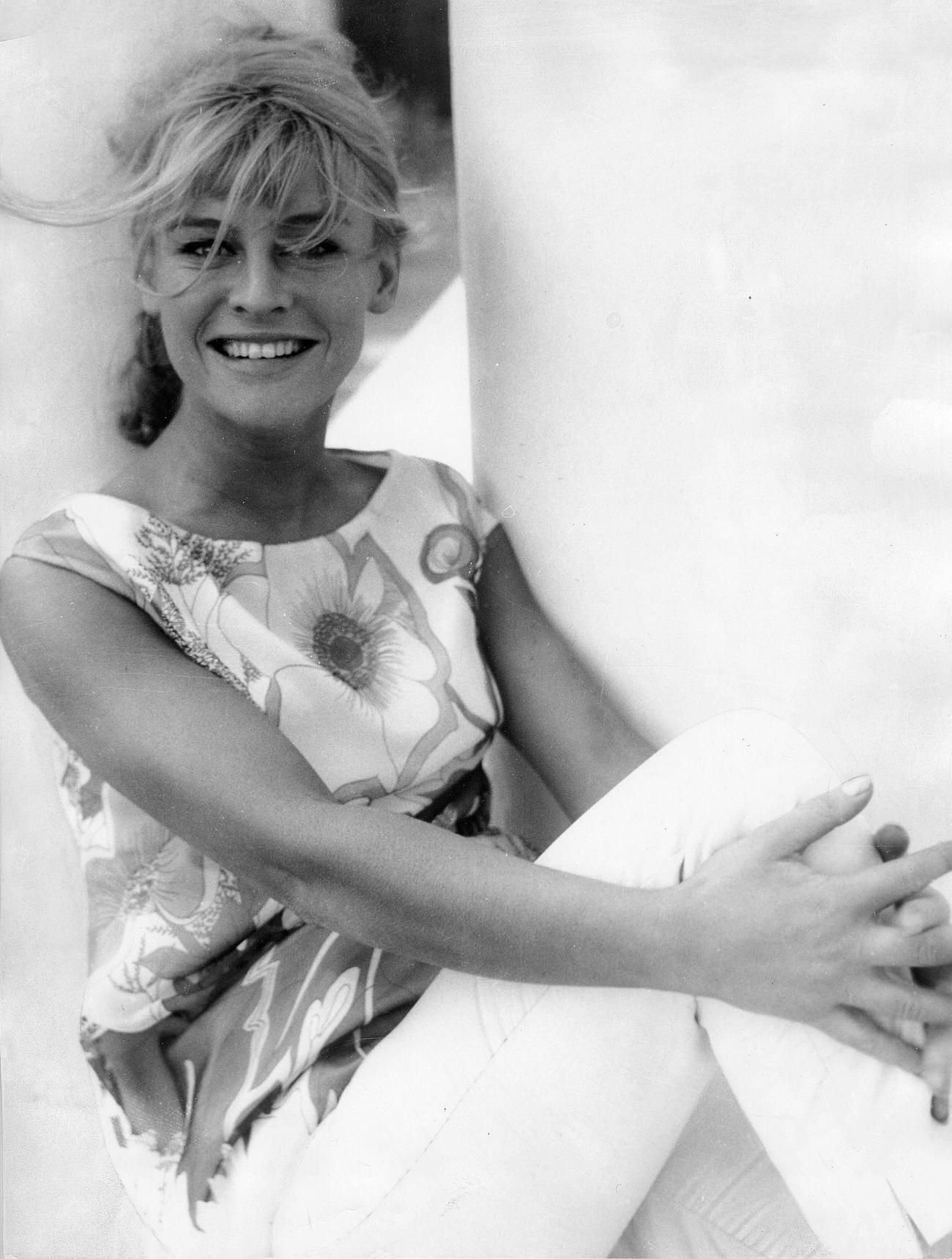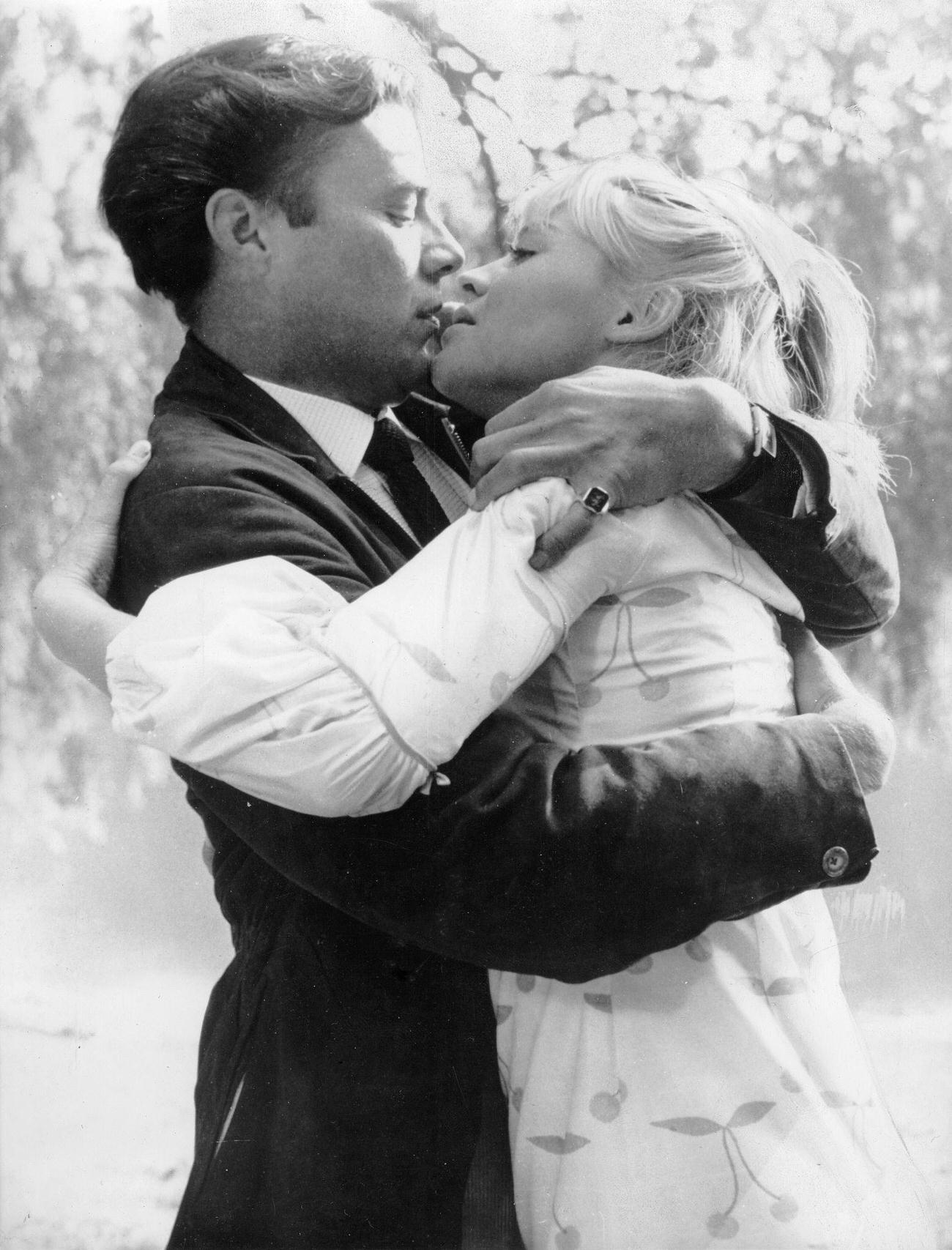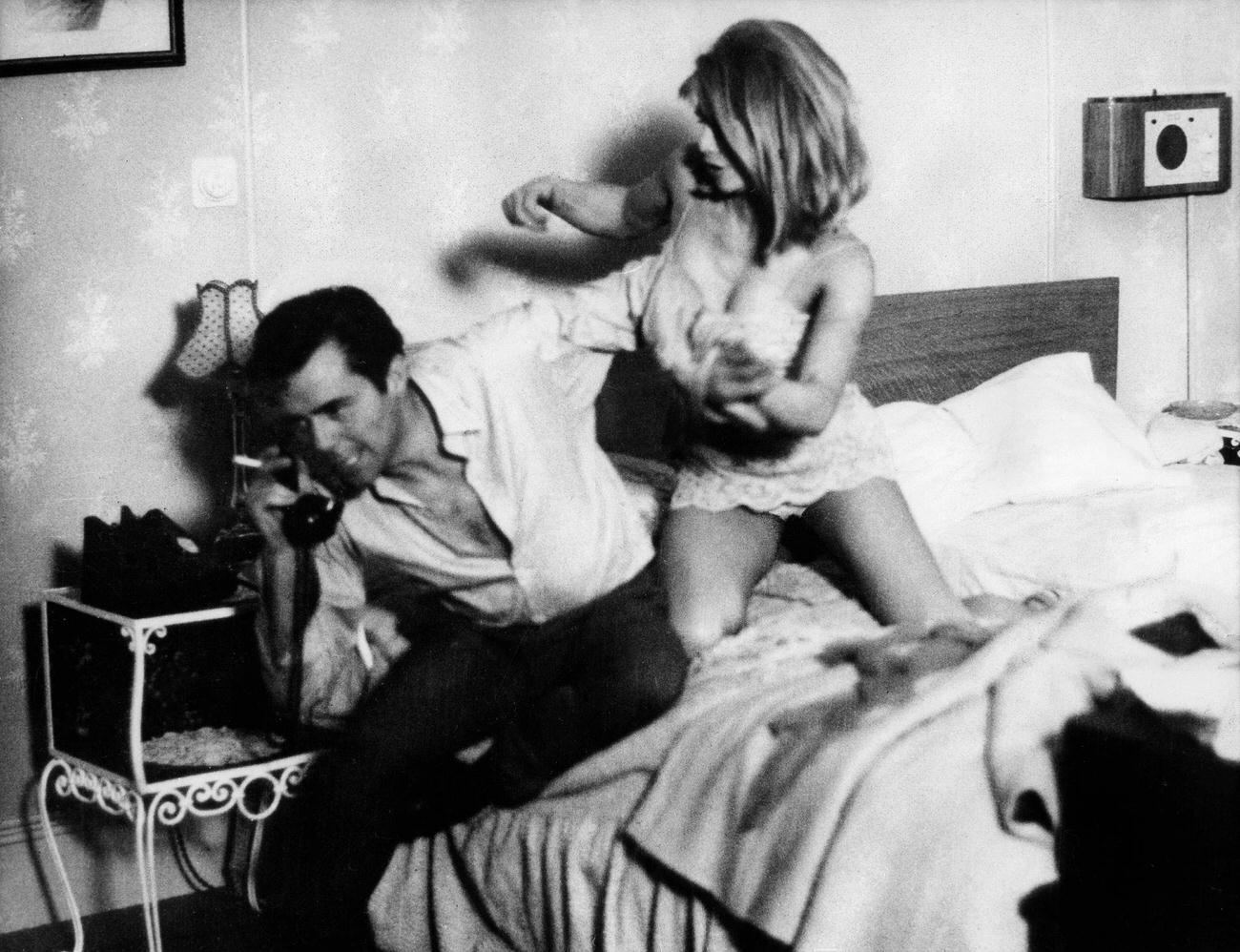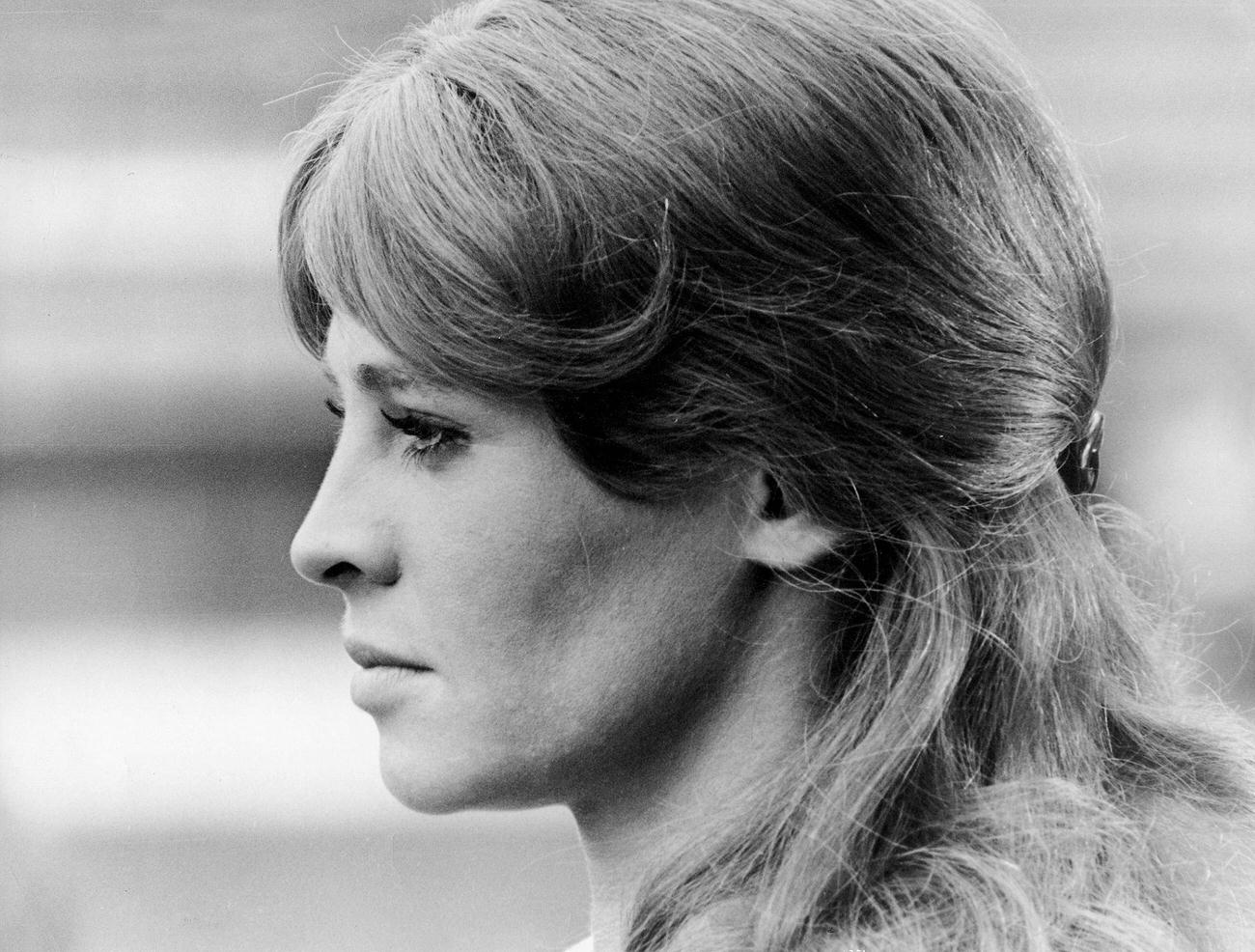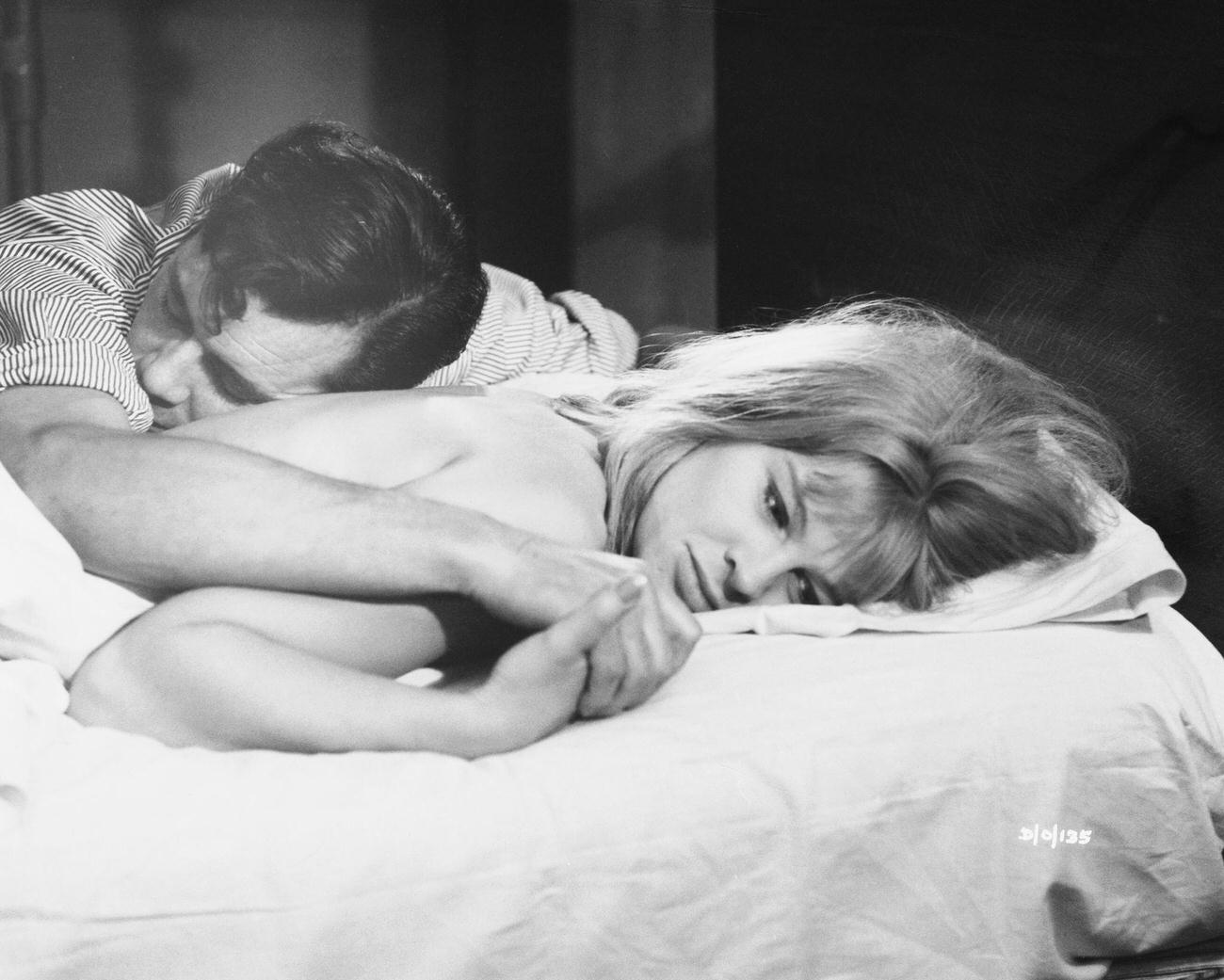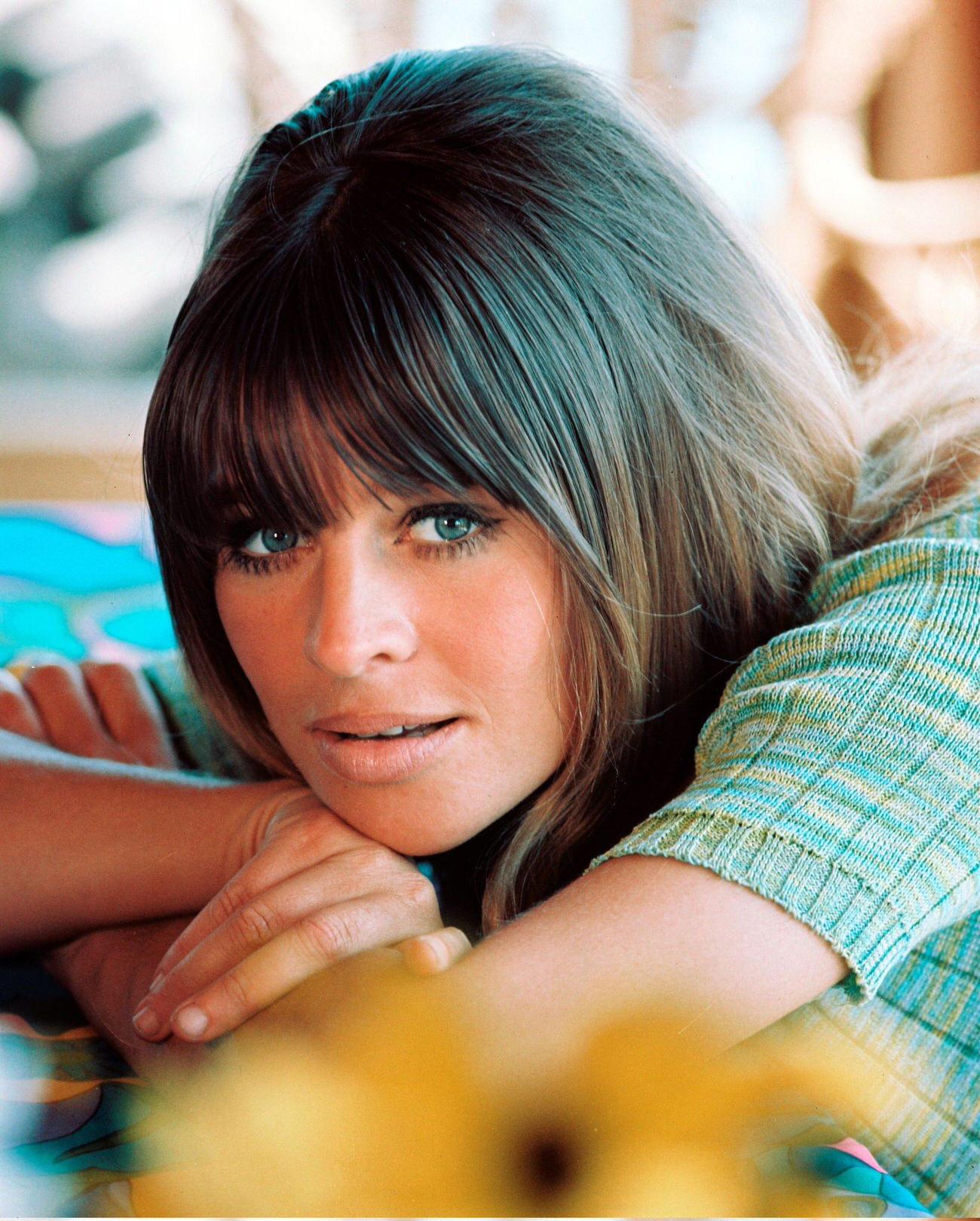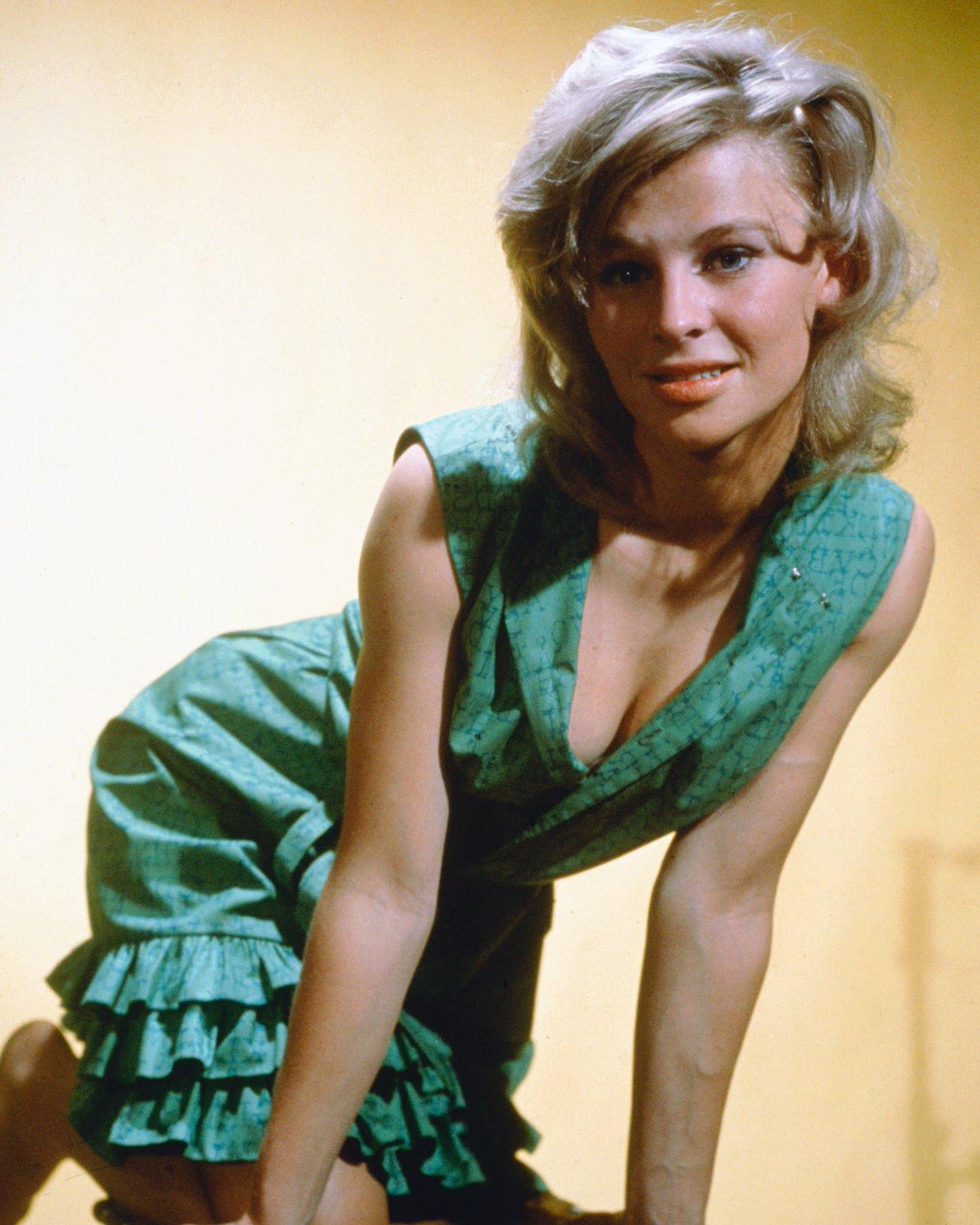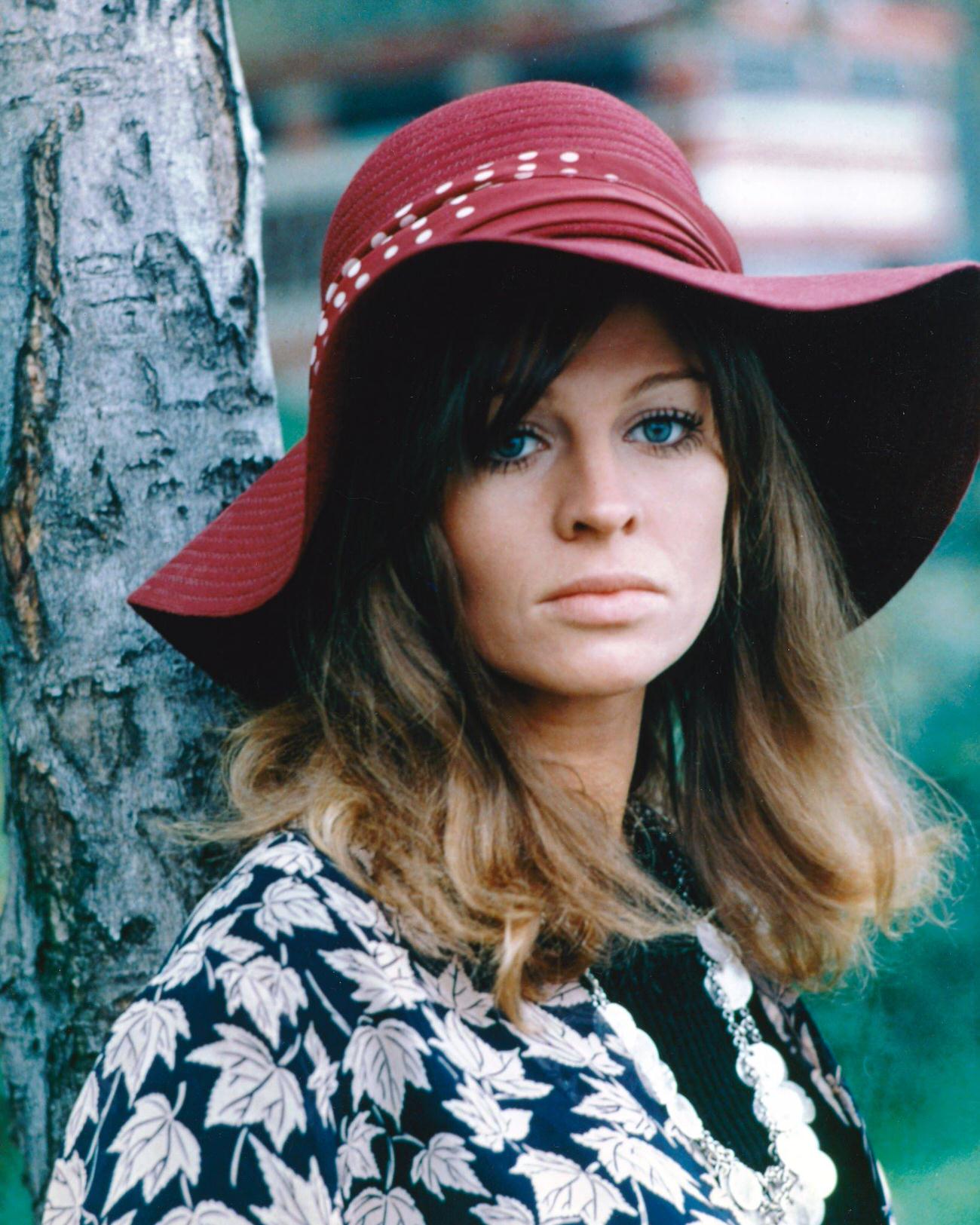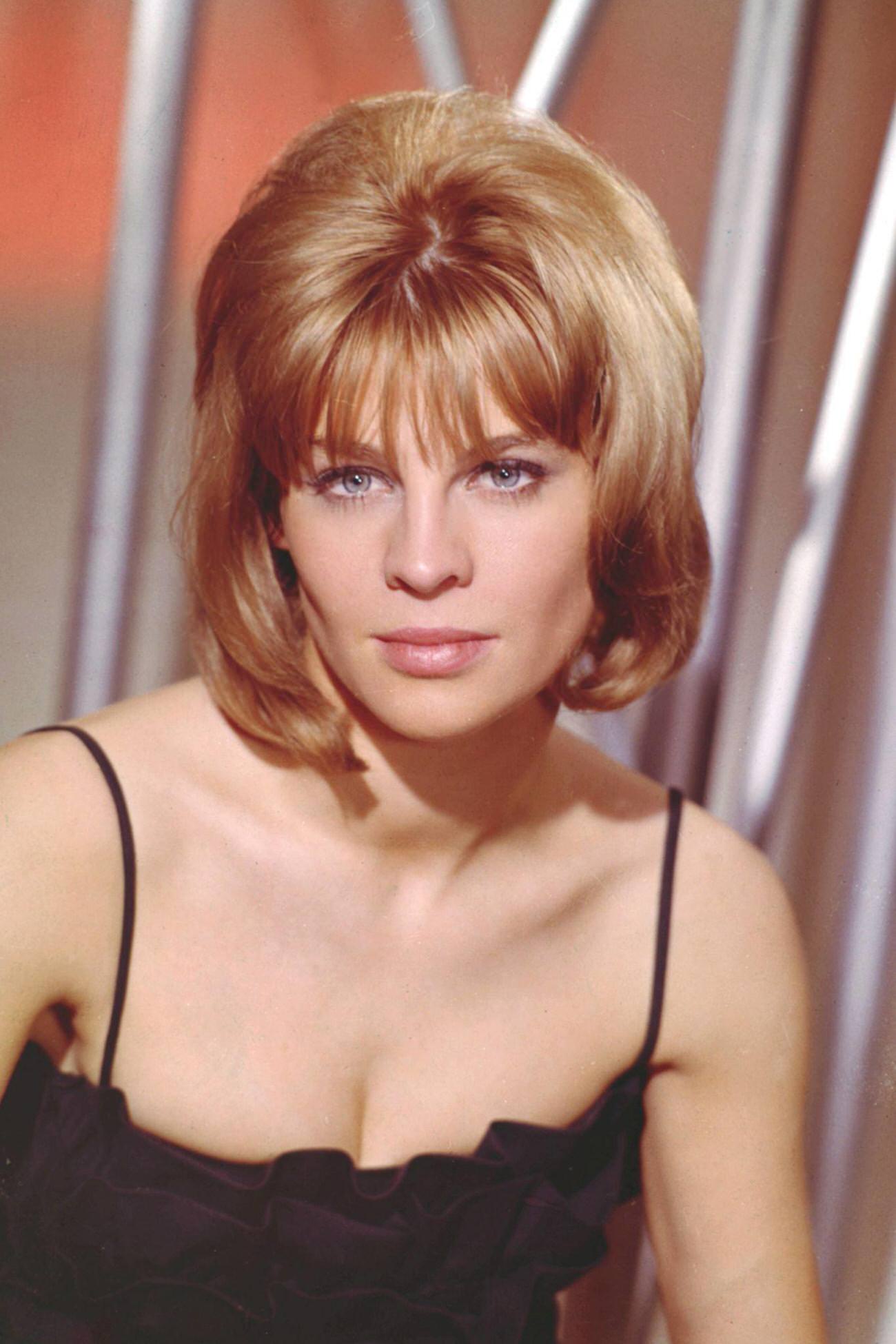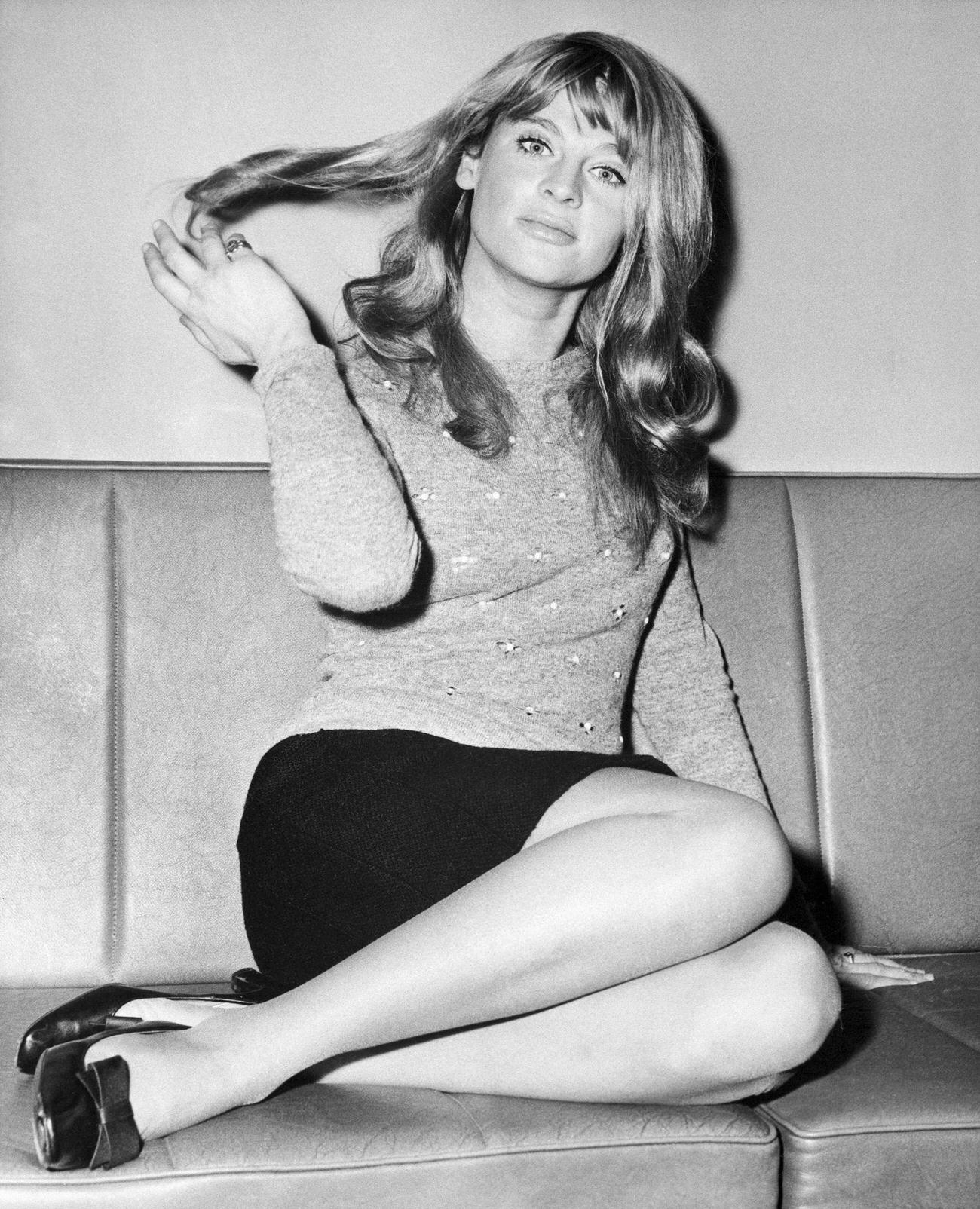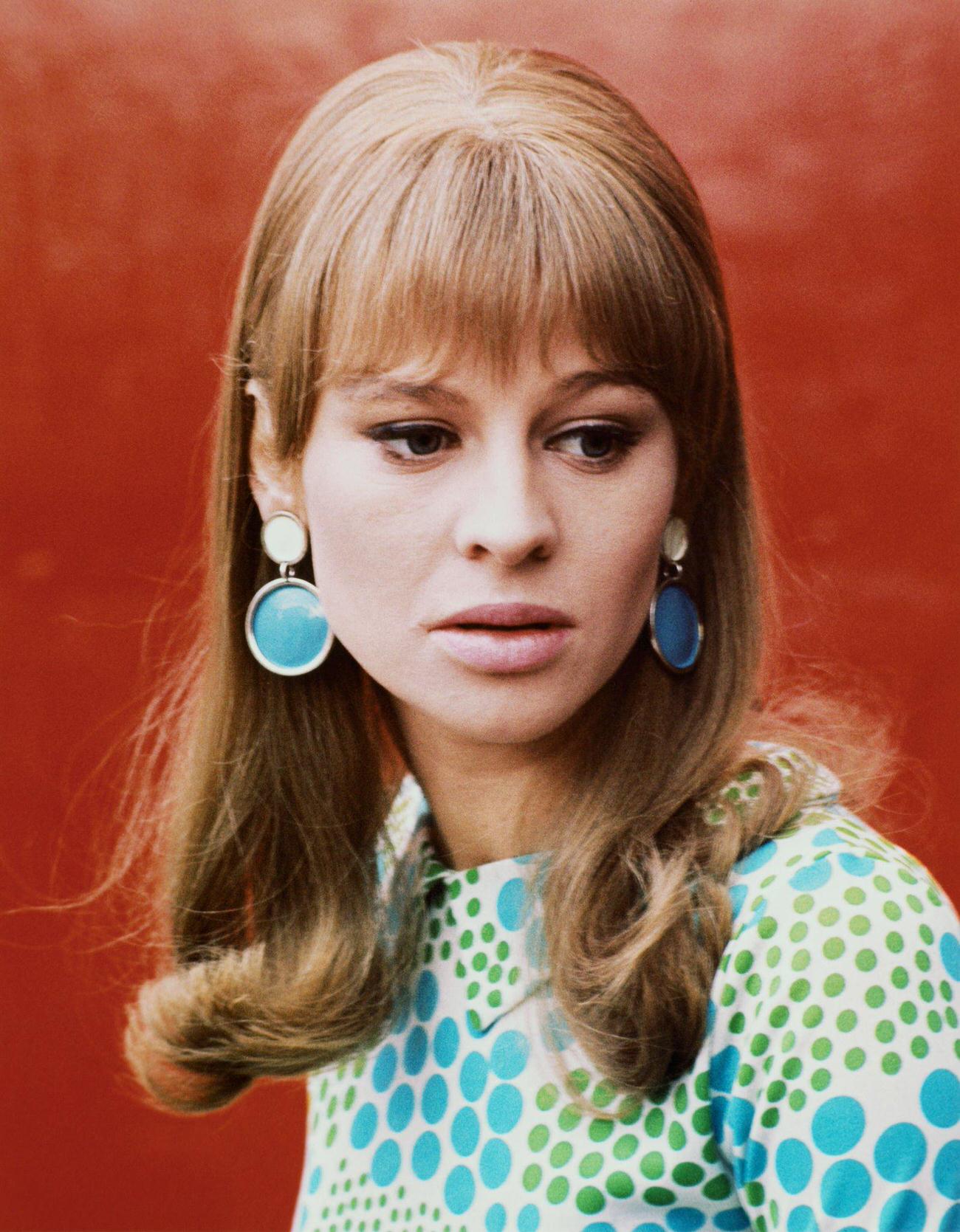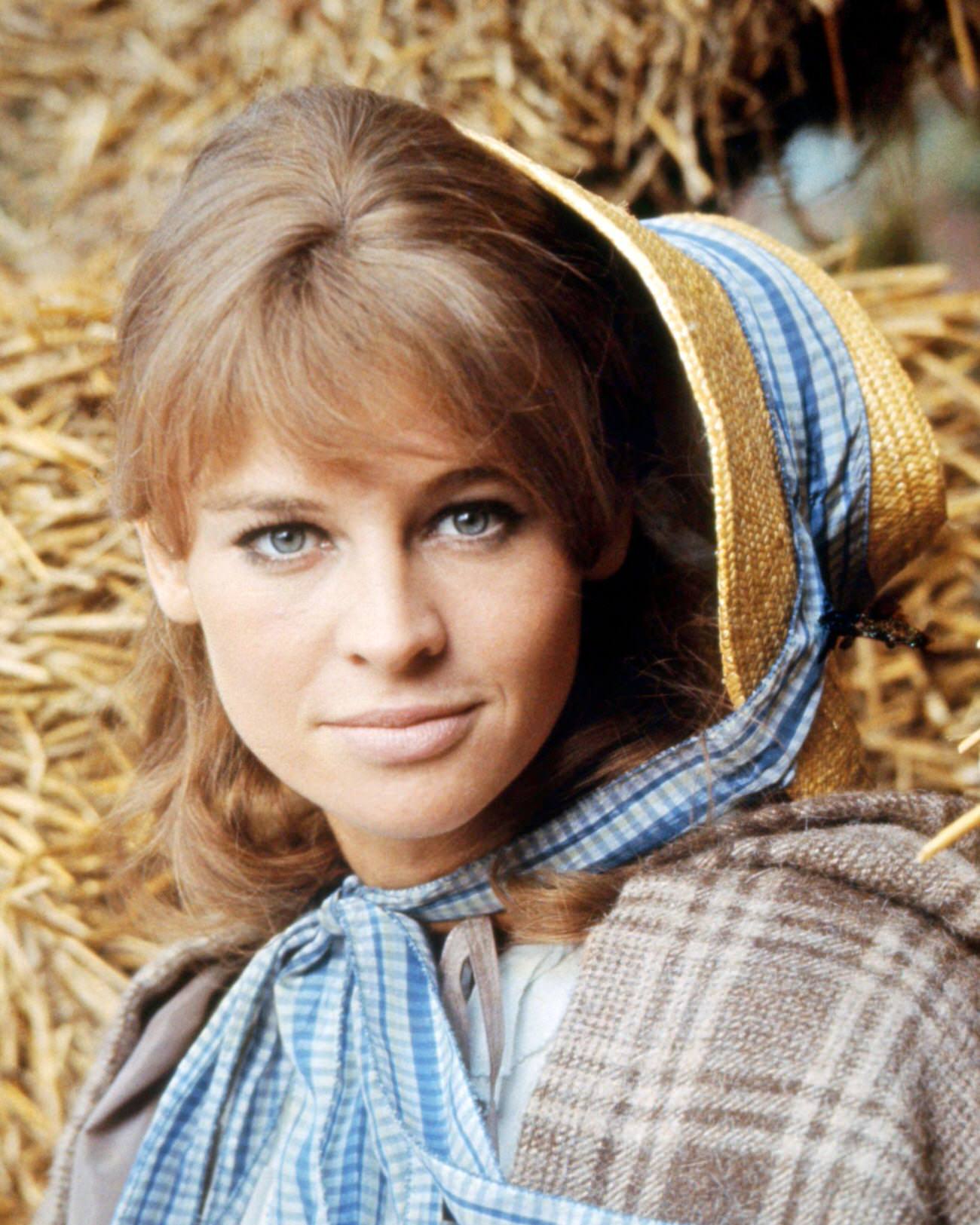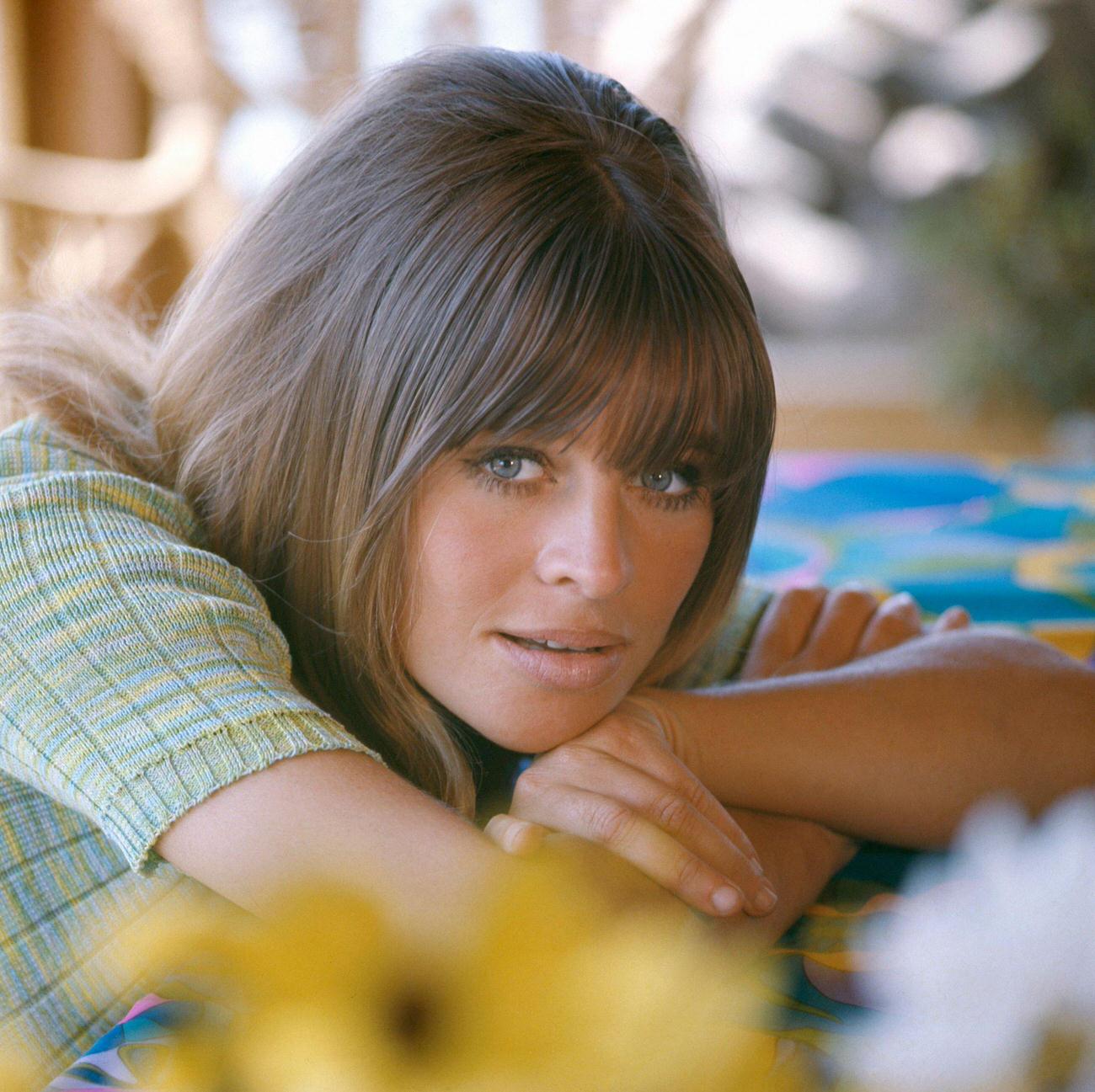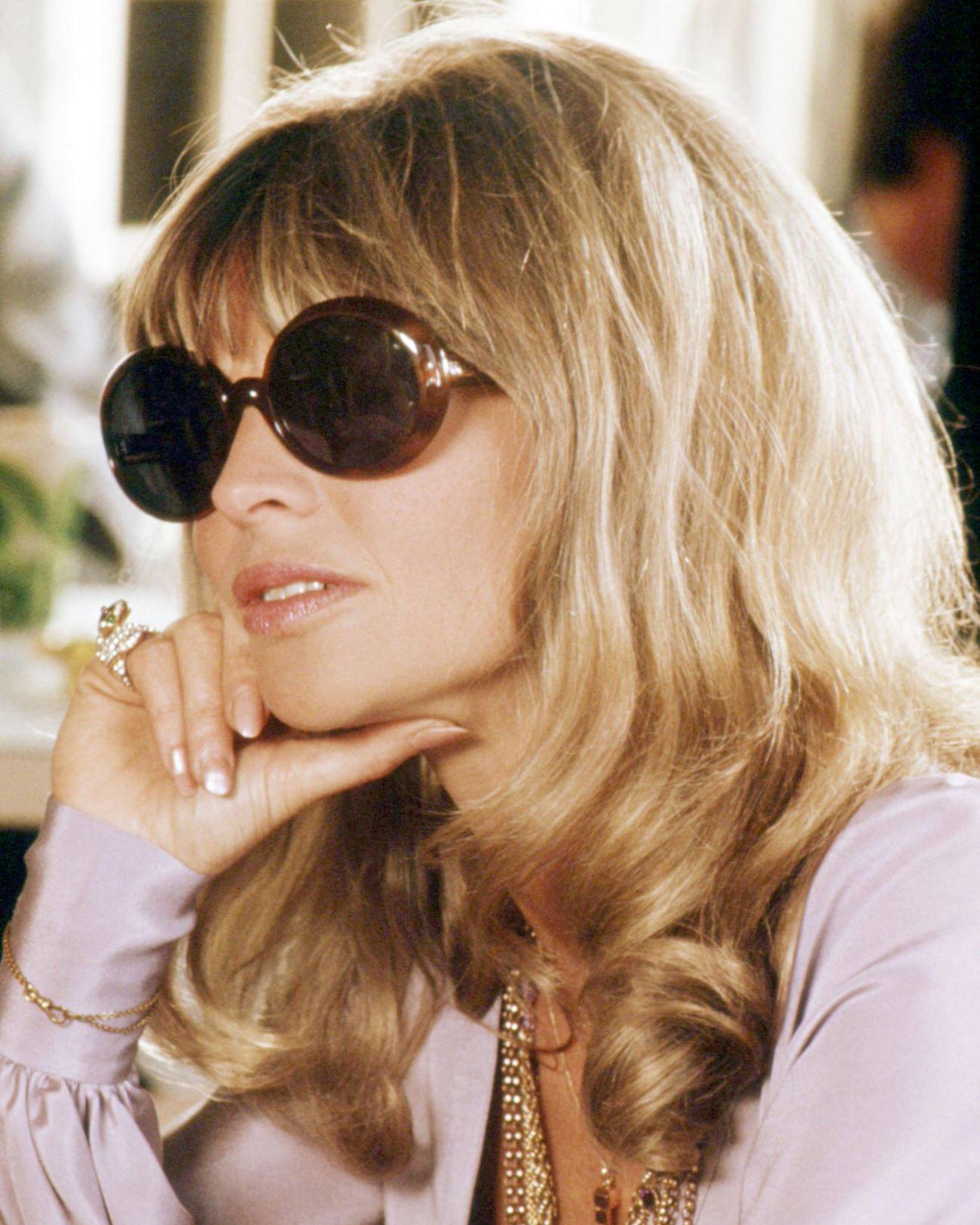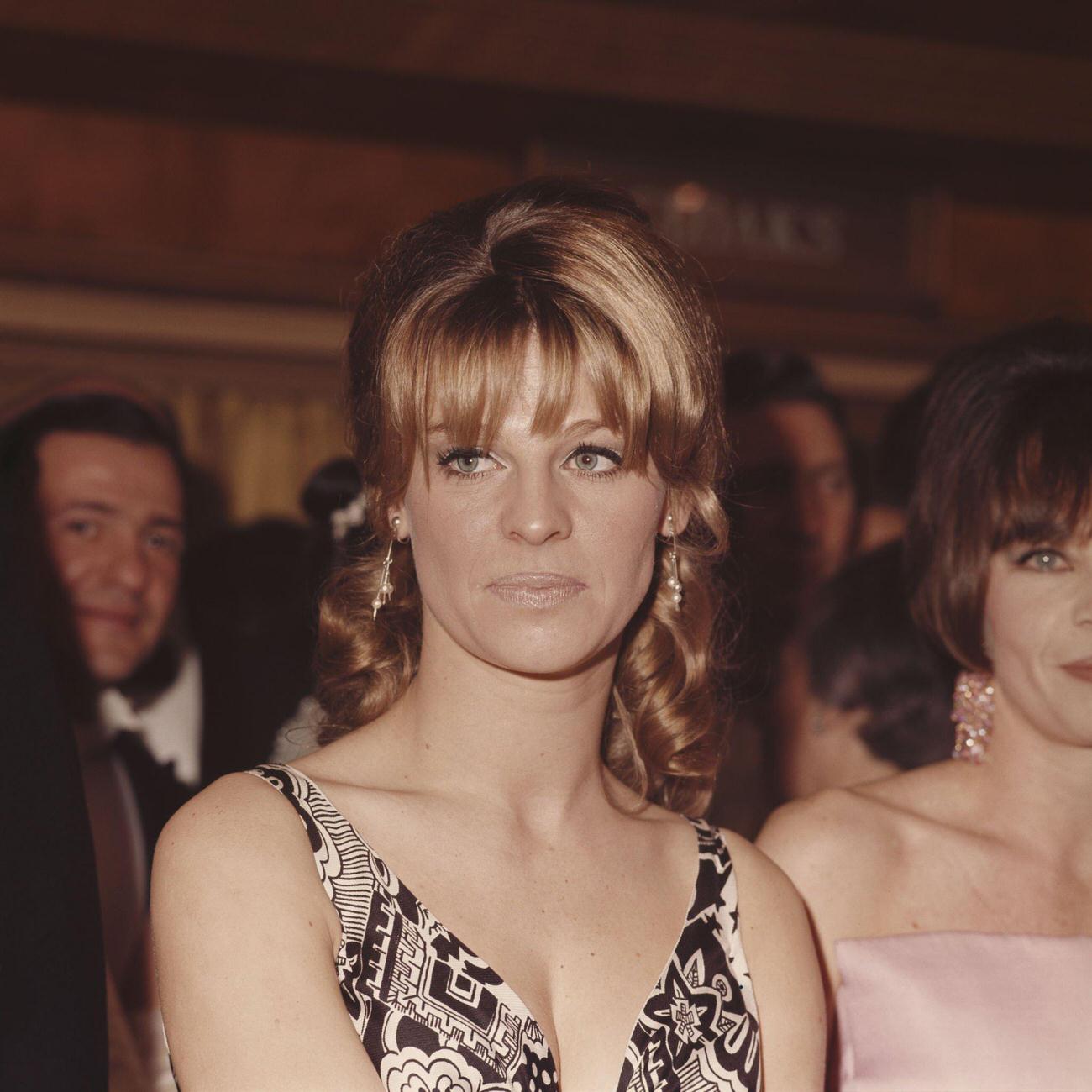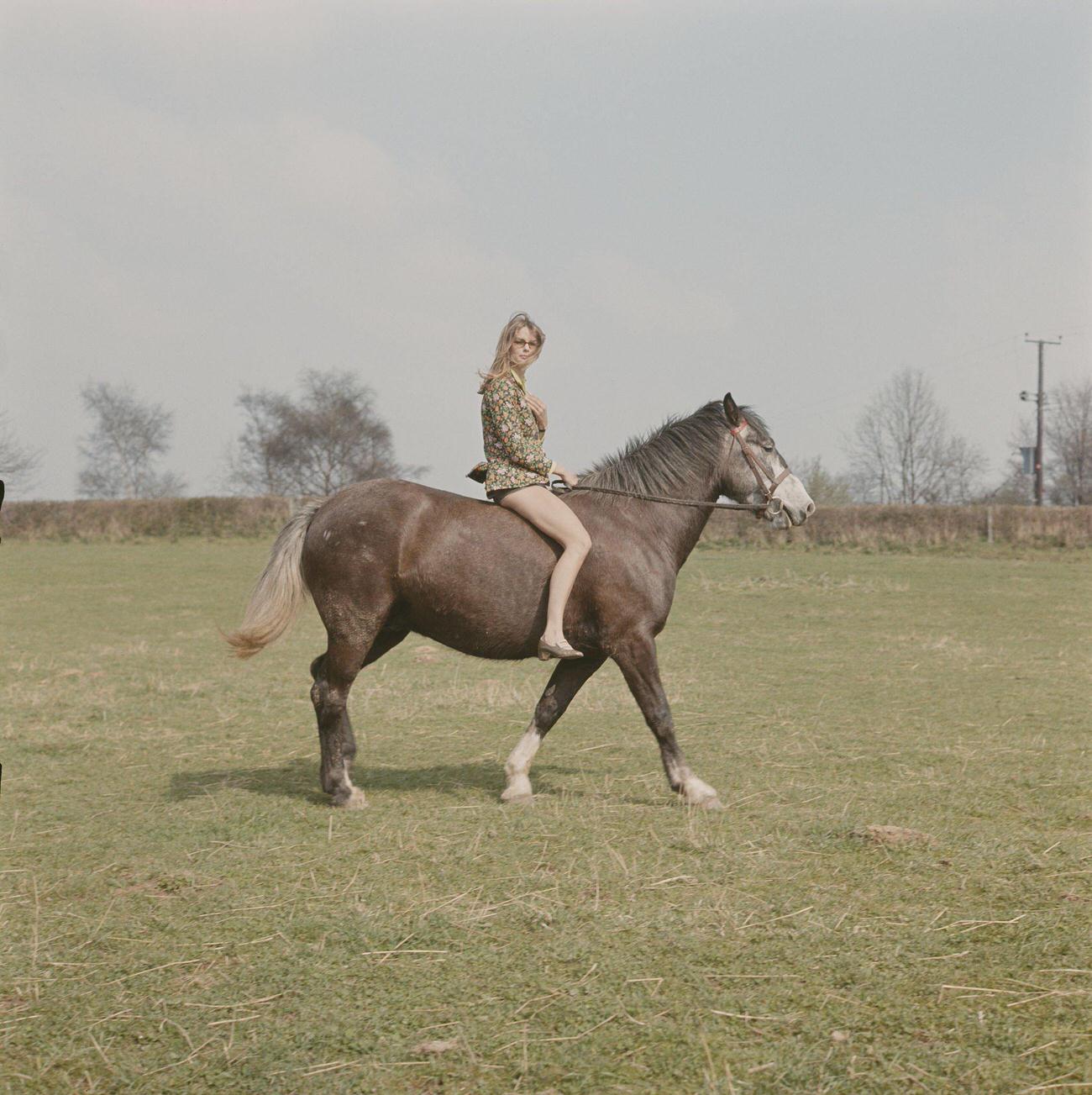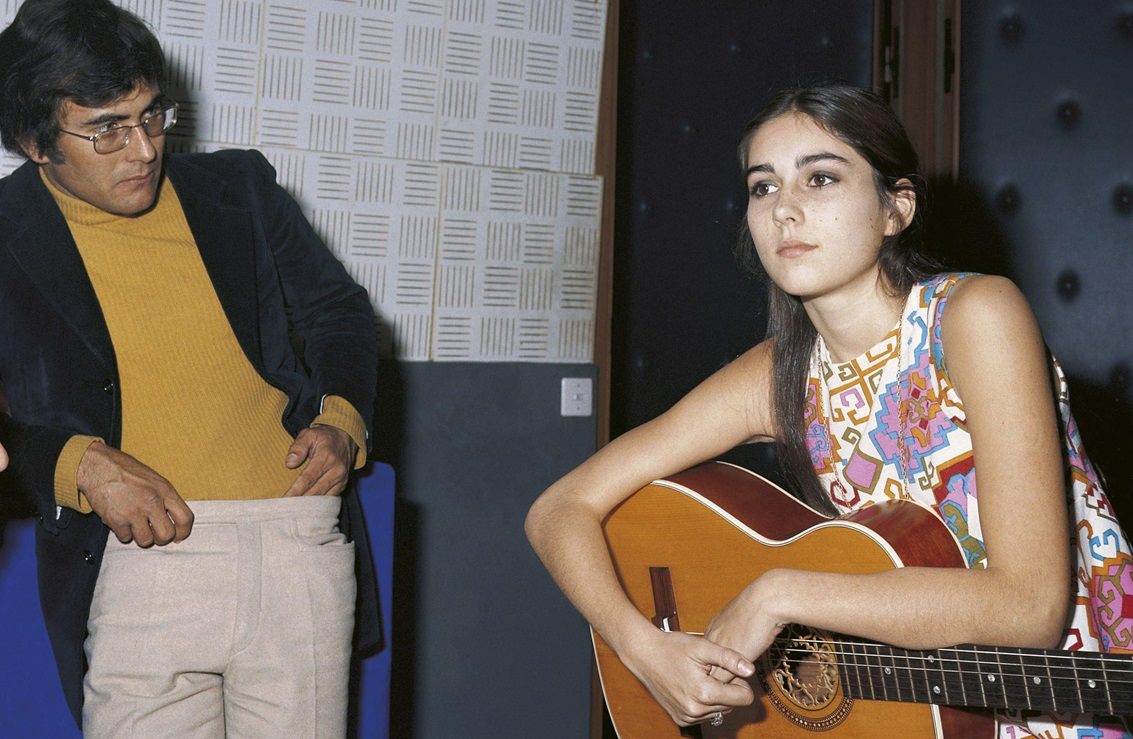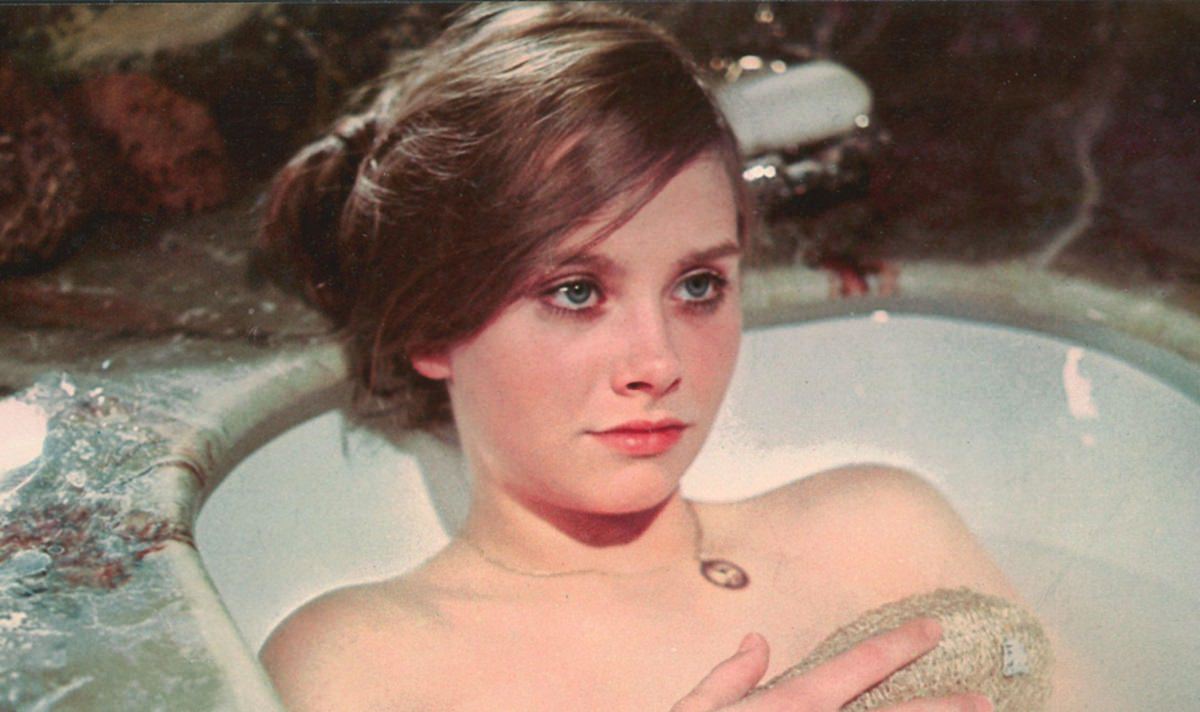Julie Christie’s entrance into the world on April 14, 1940, in Chabua, Assam, India, during the twilight of the British Empire, marked the beginning of a life that would become enshrined in cinematic history. Her parents ran a tea plantation, and Julie’s early years were infused with the diverse cultural experiences that living in India could offer. This multicultural upbringing likely contributed to the depth and nuance she would later bring to her acting roles. Christie’s family moved back to Britain when she was relatively young, and she spent most of her formative years in the rolling countryside of Wales and the bustling streets of London.
The Spark of Stardom
Julie Christie’s career began to ignite in the early 1960s, her first roles in the entertainment industry being on television. It wasn’t long before her film debut in “Crooks Anonymous” and “The Fast Lady.” However, it was her breakthrough role in “Billy Liar” in 1963 that captured the public’s imagination and displayed her potential as a star. As Liz, the free-spirited, luminous love interest of the titular character, Christie shone with a presence that was both commanding and natural.
Her portrayal of Liz was not just a performance; it was a revelation that presented her as the embodiment of a new kind of young woman who was emerging in the cultural consciousness of the time. Her charm, wit, and vivacity on screen resonated with the burgeoning youth movement, making her a figurehead of the “Swinging Sixties.”
Rise to Fame
Julie Christie’s rise to fame in the 1960s was meteoric. Following “Billy Liar,” she took on the role that would cement her place in cinematic history: “Darling” (1965). Playing the part of Diana Scott, an ambitious model who navigates the treacherous waters of fame, Christie delivered a performance that was both captivating and critically acclaimed. The role earned her an Academy Award for Best Actress, setting her on a path to becoming one of the most celebrated actors of her generation.
The years that followed saw Christie starring in a series of successful films, including “Doctor Zhivago” (1965), where she played Lara, the enigmatic love interest of Omar Sharif’s character. The epic romance was a blockbuster hit, further elevating her status as an international star.
A Youthful Spirit
Even as she became a household name, Julie Christie maintained a youthful spirit that translated into her work. She was not only an actress but also a symbol of the era’s new and progressive attitudes toward women and society. Her style, on and off the screen, became iconic, defining the fashion of the 1960s with her trendsetting haircuts and clothes.


